
- Classic House Tour
- Battlefield Tour
- Behind the Scenes Tour (Carnton)
- Carter House Extended Tour
- Carnton Extended Tour
- Value Ticket
- Calendar of Events

Business Hours
Three homes.

VISIT Carter House, Carnton, and Rippa Villa are open daily for guided tours. Find everything you need to plan your visit.

LEARN The Battle of Franklin Trust is dedicated to a better understanding of a people forever impacted by the American Civil War.

JOIN & SUPPORT The Battle of Franklin Trust is a 501(c)3: we operate on admissions, gift shop sales, membership, and donations.
Tennessee’s rich history is within your reach
Join us for a Specialty Tour for an in-depth look at our history
In addition to the Classic House Tour at Carter House , Carnton , and Rippa Villa , we offer Battlefield Tour s , Extended Tours , Behind the Scenes Tour , and Slavery and the Enslaved Tours .

Just South of Nashville
Carnton 1345 Eastern Flank Circle Franklin, TN 37064 (615) 794-0903
Carter House 1140 Columbia Avenue Franklin, TN 37064 (615) 791-1861
Rippa Villa 5700 Main Street Spring Hill, TN 37174 (931) 486-9037
© 2016 The Battle of Franklin Trust | All Rights Reserved
- Cheatham County
- Davidson County
- Dickson County
- Houston County
- Humphreys County
- Montgomery County
- Robertson County
- Rutherford County
- Stewart County
- Sumner County
- Trousdale County
- Williamson County
- Wilson County
- Non-Profit Members
- Economic Impact
- Cheatham County, Tennessee
- Davidson County, Tennessee
- Dickson County, Tennessee
- Houston County, Tennessee
- Humphreys County, Tennessee
- Montgomery County, Tennessee
- Robertson County, Tennessee
- Stewart County, Tennessee
- Rutherford County, Tennessee
- Sumner County, Tennessee
- Trousdale County, Tennessee
- Williamson County, Tennessee
- Wilson County, Tennessee
- State Parks
- National Parks
- Historic Sites
- Driving Trails
Historic Site: Franklin Battlefield
Franklin Battlefield was the site of the Second Battle of Franklin, which occurred on November 30, 1864, in the Civil War. It is located in the southern part of Franklin, Tennessee, on U.S. 31 and was declared a National Historic Landmark in 1960.
Visitors to the site can tour The Carter House and outbuildings, which was located at the center of the Union position and still shows hundreds of bullet holes. The Carnton Plantation is also open to the public. During the battle the Carnton house and outbuildings were used as a field hospiatal. Adjacent to Carnton is the McGavock Confederate Cemetery, where 1,481 southern soldiers are buried.
Another 110 acres of battlefield are next to the Carnton Plantation.
For more information about the site, including operating hours, visit the Battle of Franklin Trust website .

The most comprehensive and authoritative history site on the Internet.
Battle Of Franklin: Civil War Sites – Carnton, Carter House, Lotz House
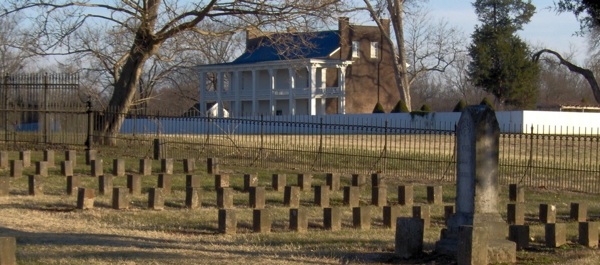
Account of the Battle Of Franklin, a western theater Civil War Battle during the American Civil War
Battle of franklin summary.
Franklin, Williamson County, Tennessee
November 30, 1864
Union: John M. Schofield Confederate: John Bell Hood
Soldiers Engaged
Union Army: 27,00 Confederate Army: 27,000
Union Victory
Union: 2,300 Confederate: 6,200
In Franklin, Tennessee, a small community about 20 miles south of Nashville, three buildings stand as monuments to five of the bloodiest hours in all of American history. Two witnessed the epicenter of fighting during the Battle of Franklin on November 30, 1864. The third, a Southern mansion southeast of town, was a field hospital; the bodies of four Confederate generals were laid on its porch until they could be taken for burial.
The battle occurred when Lieutenant General John Bell Hood, frustrated that his Confederate Army of Tennessee had let a large Union force escape from Columbia the night before, ordered an all-out frontal assault against the Union fieldworks at Franklin, despite the protests of his subordinate commanders. The Southerners advanced across an open field, enfiladed in places by artillery in Fort Granger across the Harpeth River. Many of their Union opponents were armed with repeaters. Yet, they nearly broke through near the center of the Union line, only to be repulsed.
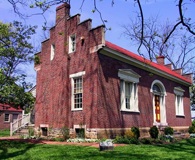
During the night, the Federals withdrew to Nashville where the fortifications were second only to those around Washington, D.C. Hood pursued and, on December 15–16, Union troops under Major General George H. Thomas attacked the outnumbered Confederates, shattering what remained of their army and forcing it to withdraw to Tupelo, Mississippi. It is often said that the Battle of Nashville was won at Franklin.
Today, the town of Franklin is a poster-child example of Main Street restoration of a historic downtown, its streets lined with boutiques and crowded with tourists. But just a few hundred yards beyond its charming shops stand two witnesses to the carnage that once occurred there.
The Carter House 1140 Columbia Avenue Franklin, TN 37064 (615) 791-1861 Bullet holes are still plainly visible in the walls of the farm office building and the brick home where Fountain Branch Carter, his family and numerous neighbors huddled in the basement while the battle raged overhead. An interpretive center with artifacts and a film about the Battle of Franklin is located behind this 1830 house.

Carnton Plantation 1345 Carnton Lane Franklin, TN 37064 (615) 794-0903 A few short miles south and east of Franklin, Carnton Plantation stood near where some Confederate units formed up for the assault. As the battle wore on, wounded, combat-shocked men drifted back to the mansion. The lady of the house, Carrie McGavock, opened her home as a hospital. Bloodstains are still visible in places on it floors. In 1866, Mrs. McGavock and her husband, John, gave two acres near their home as a burial ground for nearly 1,500 dead from the battle, including 225 unidentified bodies. Carrie McGavock and Carnton were the inspiration for Robert Hicks’s New York Times bestselling novel, Widow of the South .
Hours of operation: (Carnton Plantation, The Carter House and Lotz House) Monday – Saturday 9 a.m. – 5 p.m. Sunday Noon – 5 p.m. Closed most major holidays.
For more information, see www.battleoffranklintrust.org .
Click here for information on the Tennessee Civil War Sesquicentennial and HistoryNet’s Partner Page of the Sesquicentennial .
Read more articles about the battle of Nashville
Related stories

Portfolio: Images of War as Landscape
Whether they produced battlefield images of the dead or daguerreotype portraits of common soldiers, […]

Jerrie Mock: Record-Breaking American Female Pilot
In 1964 an Ohio woman took up the challenge that had led to Amelia Earhart’s disappearance.

The Poignant Tale Behind a Celebrated Civil War Sketch
To artist Edwin Forbes, William Jackson of the 12th New York was an everyman Union soldier, a “solemn lad… toughened by campaigning.” There was much more to Jackson’s story.

Lies and Subterfuge: There’s More to the Story Behind Seven Pines
Joe Johnston and James Longstreet manipulated the truth to deflect blame for the Confederate loss.

Morning Carpool
23 Civil War Battlefields That Have Become Profitable Tourist Attractions
Posted: May 28, 2024 | Last updated: May 28, 2024

The American Civil War, a defining period in United States history, left behind numerous battlefields that now serve as poignant reminders of the past. These historic sites have been transformed into must-visit tourist attractions, where visitors can walk the same ground where pivotal battles were fought. Each site offers a unique window into the strategies, heroics, and tragedies of the war, enhanced by museums, reenactments, and guided tours. As stewards of history, these battlefields keep the stories of the Civil War alive, attracting history buffs and tourists alike to learn and reflect.
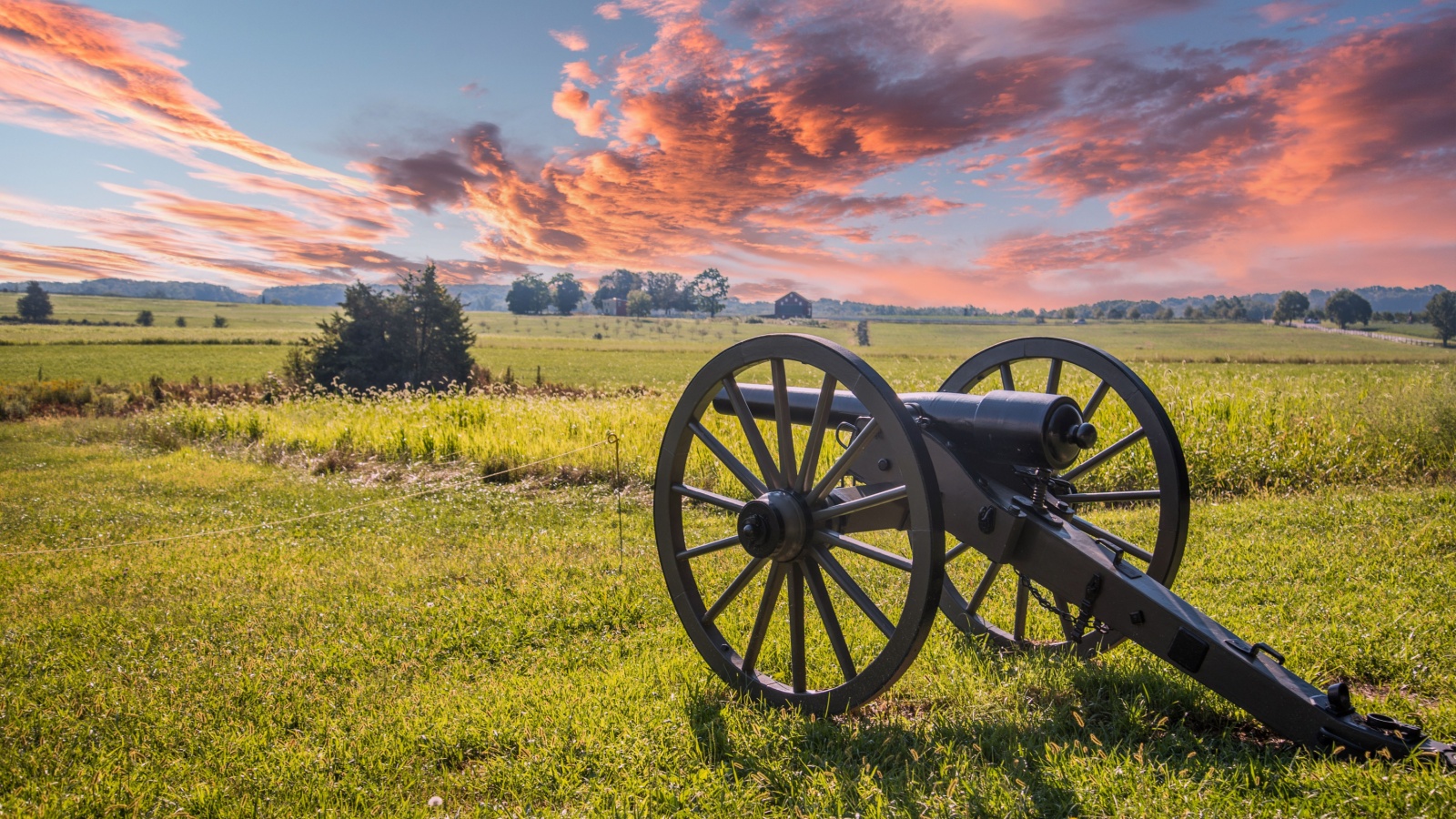
Gettysburg, Pennsylvania
Gettysburg is the site of the Civil War’s most famous battle, which turned the tide in favor of the Union. Today, it attracts hundreds of thousands of visitors annually who come to explore its vast museum, witness reenactments, and walk the historic grounds. The battlefield also offers guided tours that delve deep into the strategies and human stories behind the conflict.
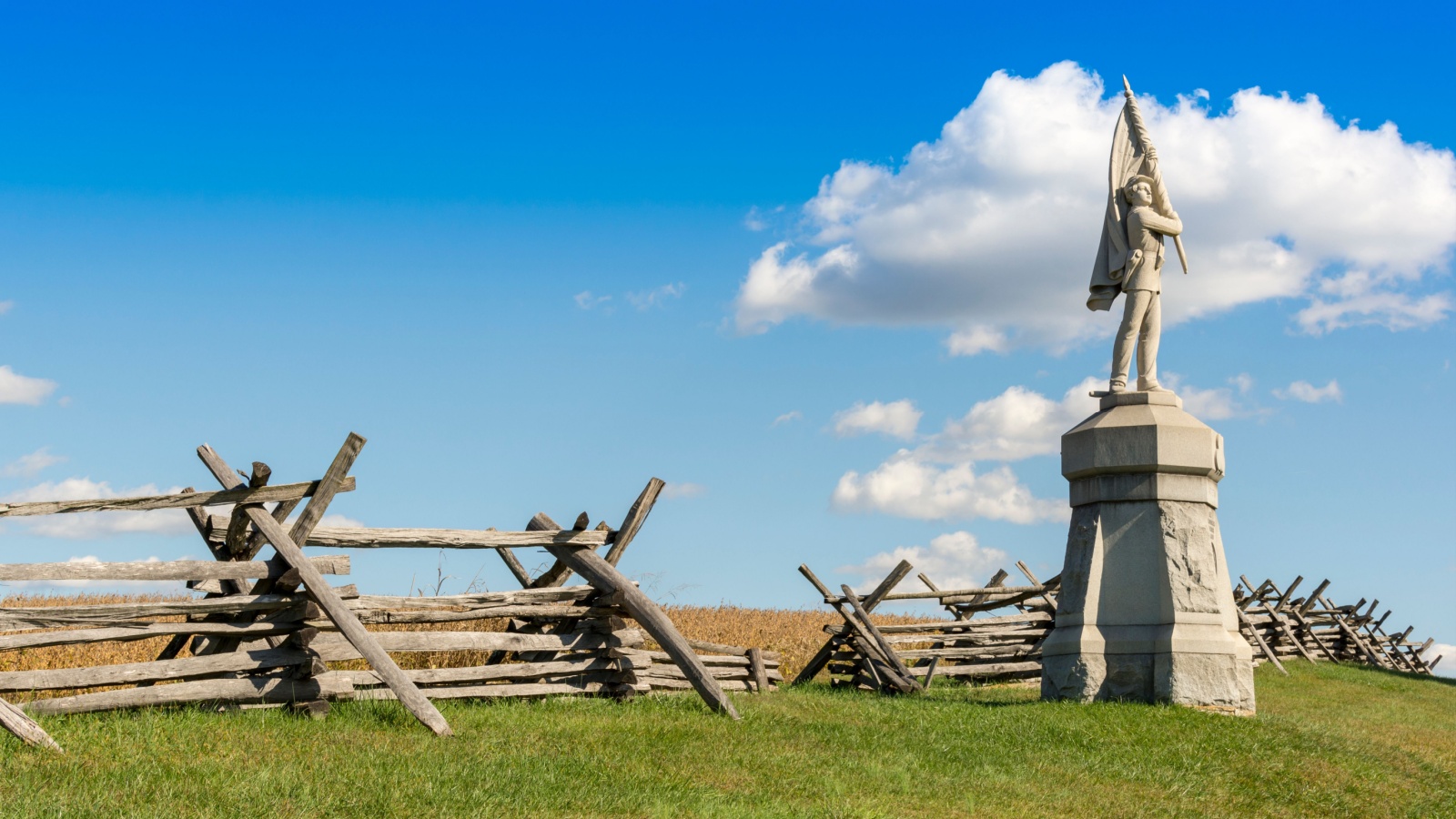
Antietam, Maryland
Antietam was the backdrop for the bloodiest single-day battle in American history, with over 23,000 soldiers killed, wounded, or missing. Now a national park, the site offers a reflective experience with well-preserved landscapes and informative visitor centers. Each year, the park commemorates the battle with ceremonies and historical talks that attract history enthusiasts from around the globe.
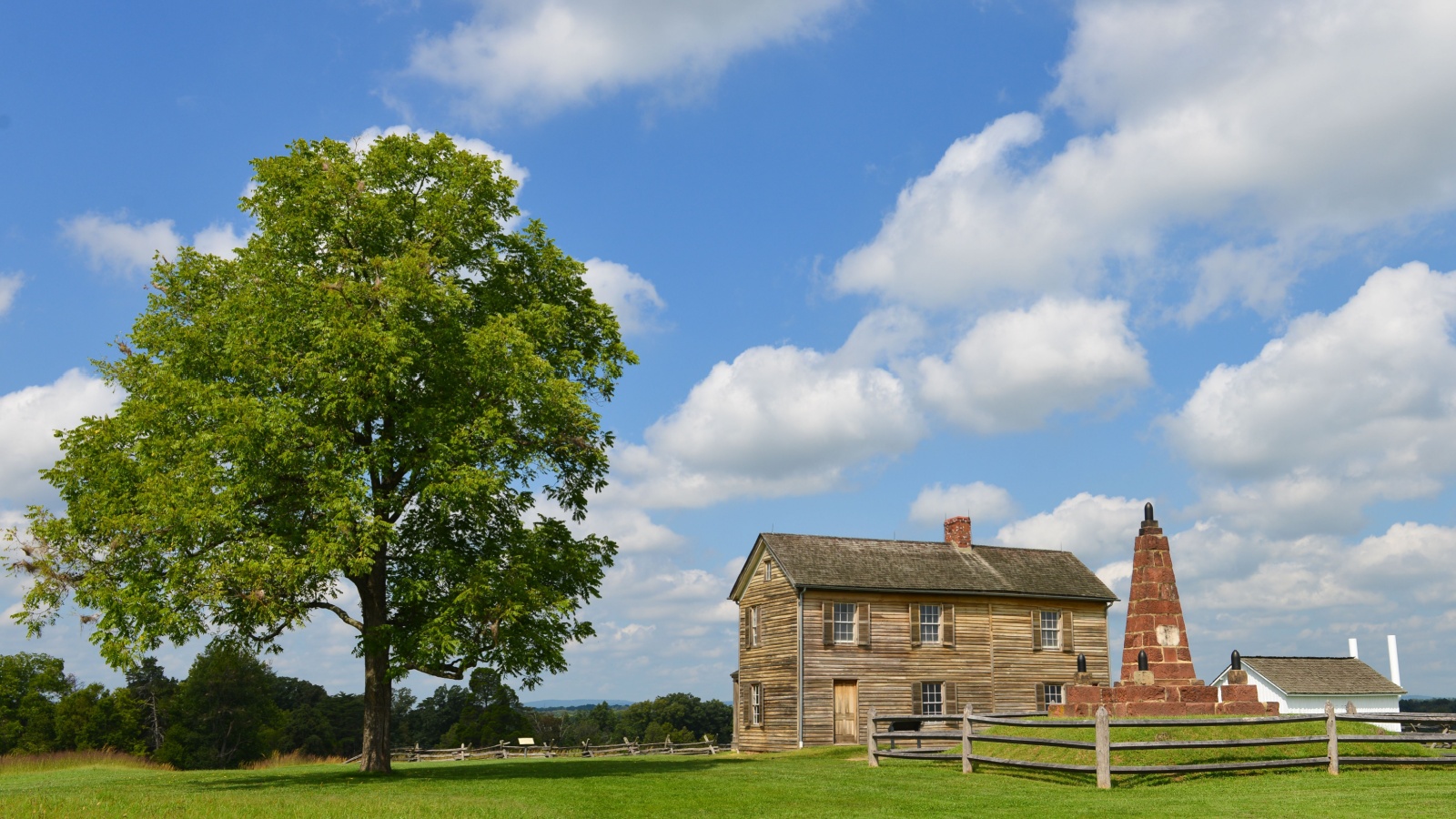
Manassas, Virginia
Known for two significant battles, First and Second Manassas (Bull Run), this site marks the first major land battle of the Civil War. The National Battlefield Park now serves as a poignant educational resource with trails, exhibits, and live demonstrations. Tourists can explore the ground where generals first tested their mettle and tactics in the early stages of the war.
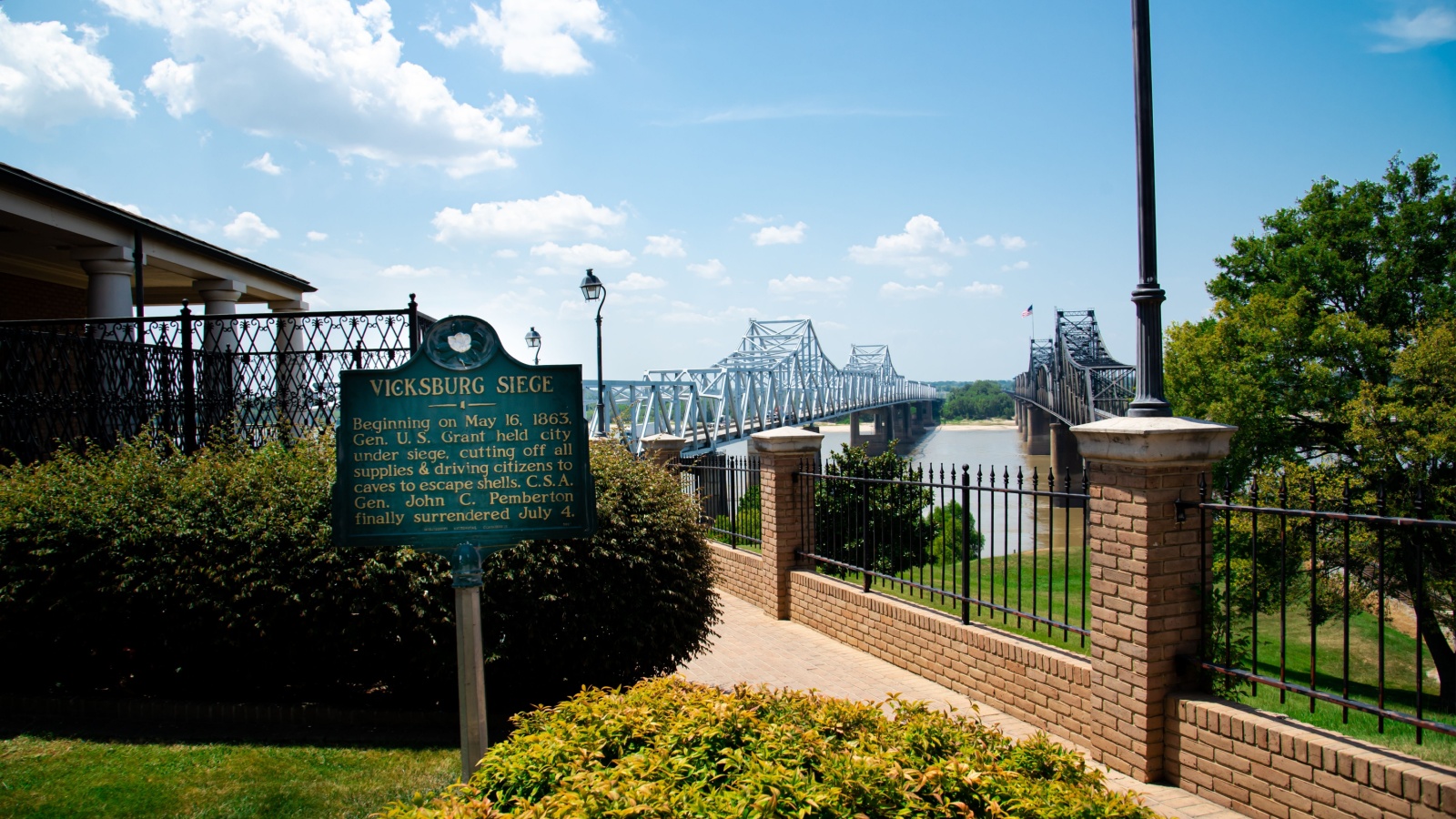
Vicksburg, Mississippi
The Siege of Vicksburg was crucial for the Union’s control over the Mississippi River and is now a celebrated part of the Vicksburg National Military Park. Visitors can tour the restored ironclad USS Cairo and the sprawling national cemetery. The park’s extensive network of trenches and artillery placements still tells the harrowing tale of the siege.
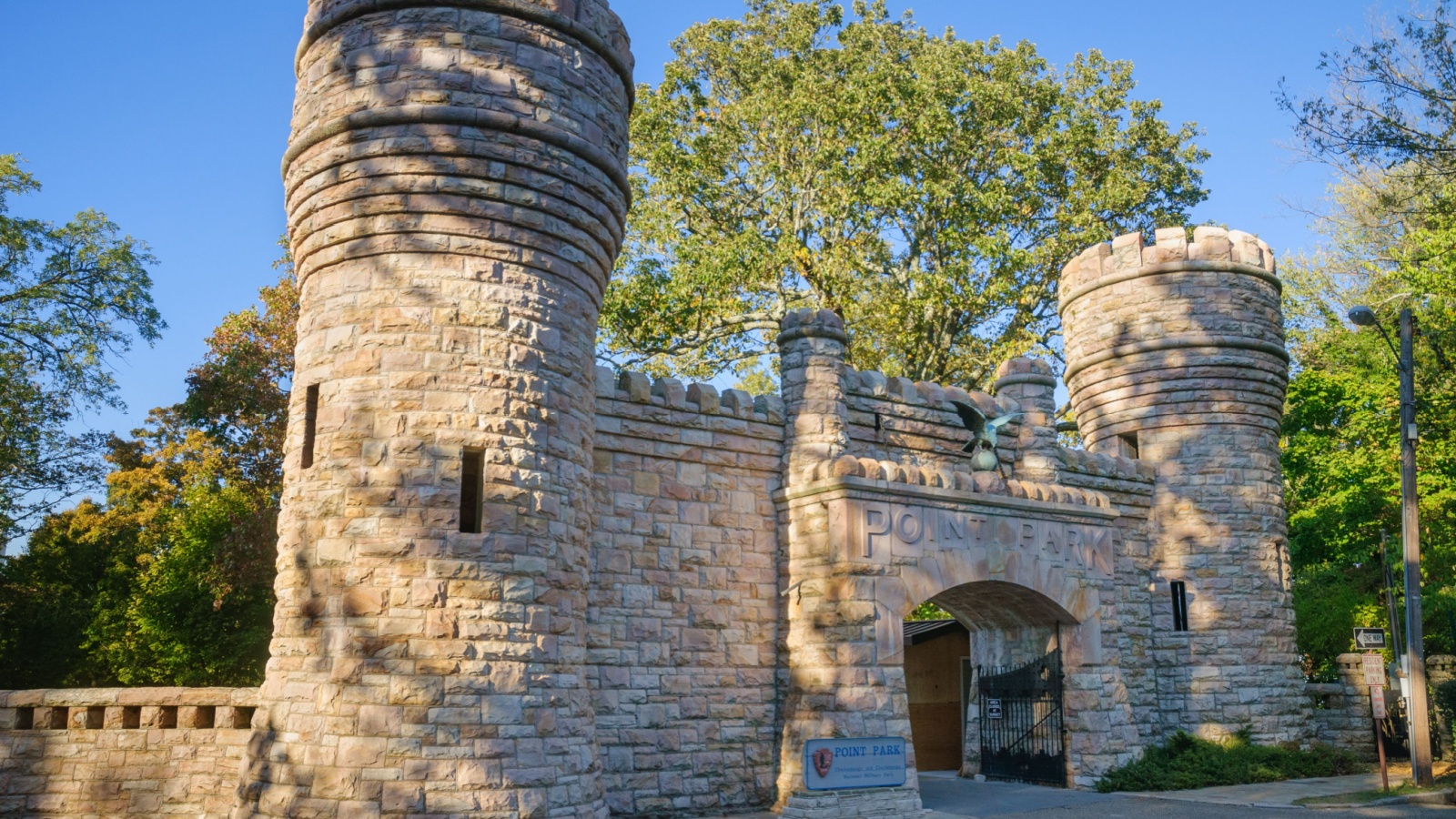
Chickamauga, Georgia
The Battle of Chickamauga marked one of the major Confederate victories and was known for its staggering loss of life. Today, the Chickamauga and Chattanooga National Military Park educate visitors on the complex maneuvers and strategies deployed during this fierce battle. The site includes a visitor center with extensive exhibits and a 7-mile driving tour that guides tourists through key battle sites.
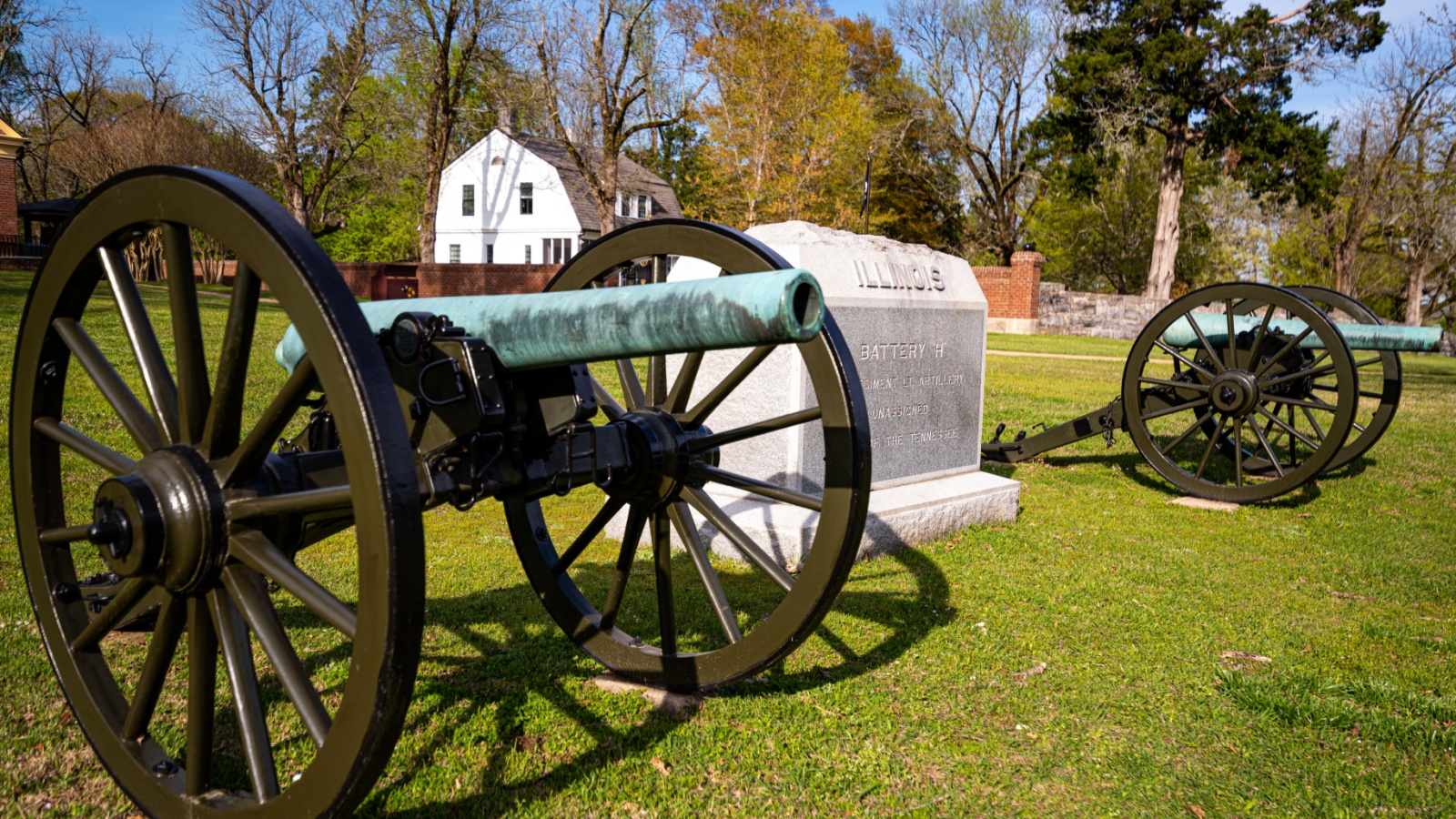
Shiloh, Tennessee
This battlefield in southwestern Tennessee was the scene of a surprise attack by Confederate forces on Union troops. Shiloh National Military Park now preserves the site, offering tours that explain the bloody two-day battle that ensued. The park’s serene setting contrasts sharply with its violent past, offering a stark reminder of the cost of war.

Fredericksburg, Virginia
Fredericksburg is known for its December 1862 battle, where repeated Union charges were devastatingly repelled. The battlefield has been preserved as part of the Fredericksburg and Spotsylvania National Military Park, which also covers other nearby battle sites. It offers a comprehensive look at the urban and plantation fighting tactics with walking tours and a historic trail along the Rappahannock.
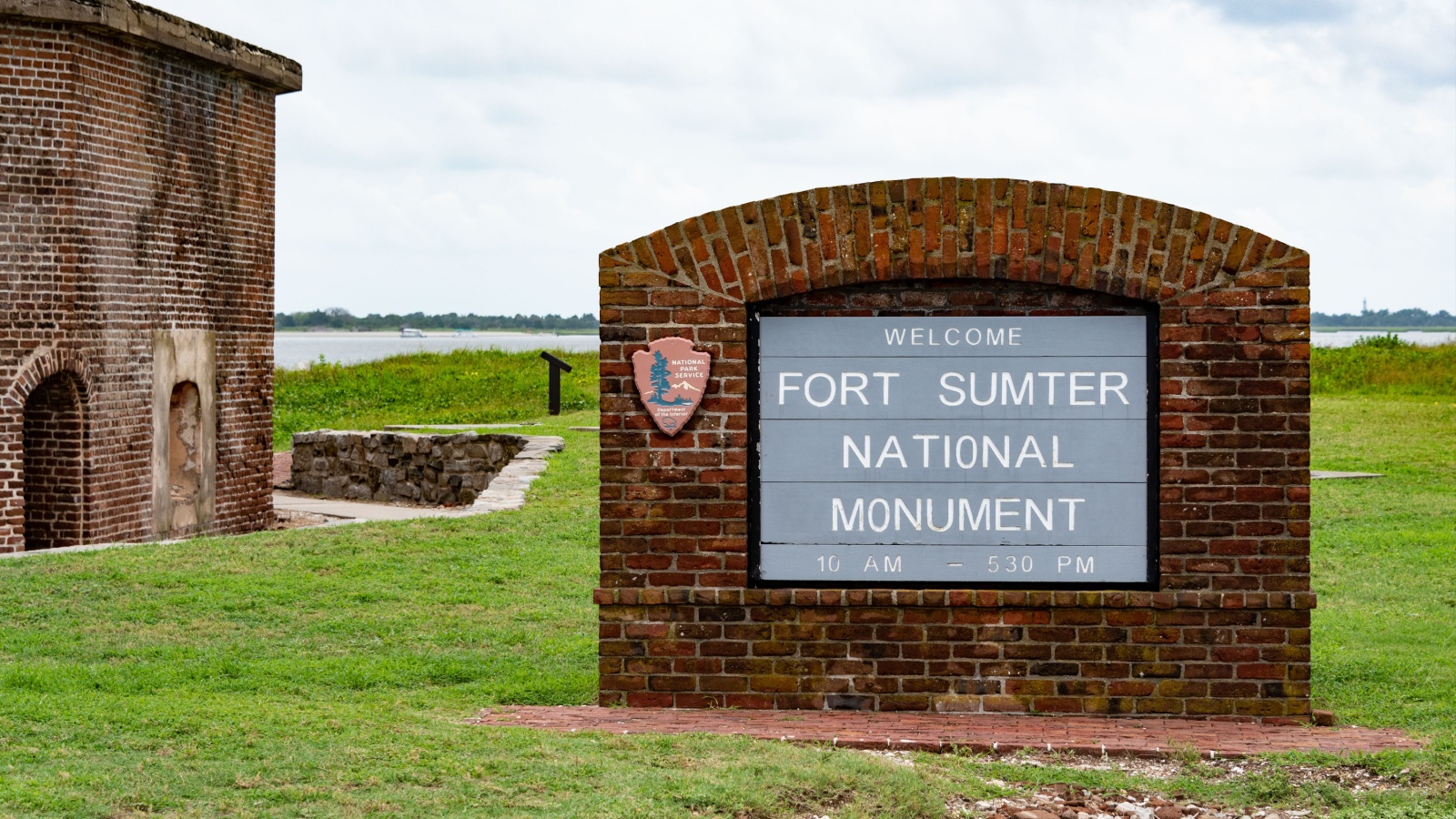
Fort Sumter, South Carolina
Fort Sumter is where the first shots of the Civil War were fired, igniting the conflict between North and South. Now accessible by ferry, the fort offers guided tours that detail its historic significance and the initial battle that took place. Visitors can explore the ruins and museum, which showcases artifacts and a detailed chronology of the fort’s role in the war.
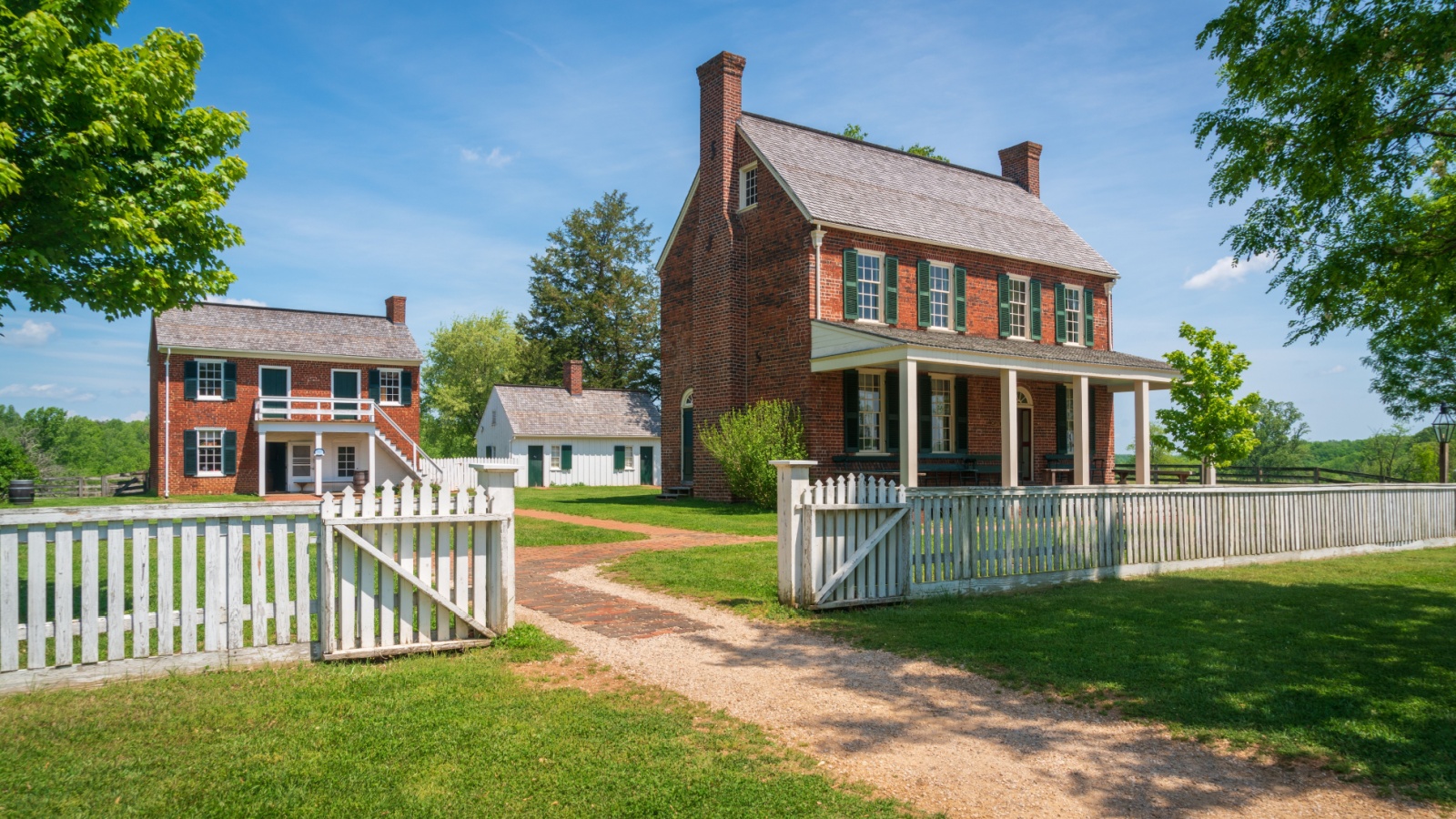
Appomattox Court House, Virginia
This is where General Robert E. Lee surrendered to Ulysses S. Grant, effectively ending the Civil War. The Appomattox Court House National Historical Park is now a symbol of national reconciliation and offers educational exhibits, restored buildings, and live historical demonstrations. Tourists can walk the same ground where the final chapters of the Civil War were written.

Petersburg, Virginia
The Siege of Petersburg was one of the longest of the Civil War, lasting nine months and leading to the fall of Richmond. Petersburg National Battlefield today offers visitors insights into the siege’s tactics and hardships through trails, guided tours, and reenactments. The site’s preserved earthworks and trenches provide a visceral sense of the prolonged conflict.

Chancellorsville, Virginia
Known for General Robert E. Lee’s audacious and risky tactics, Chancellorsville is often studied for its brilliant military strategies. The battlefield is part of the Fredericksburg and Spotsylvania National Military Park, offering a detailed exploration of the battle via driving tours and interpretive trails. Visitors can learn about the daring maneuvers and the high cost of Confederate victory, including the mortal wounding of Stonewall Jackson.
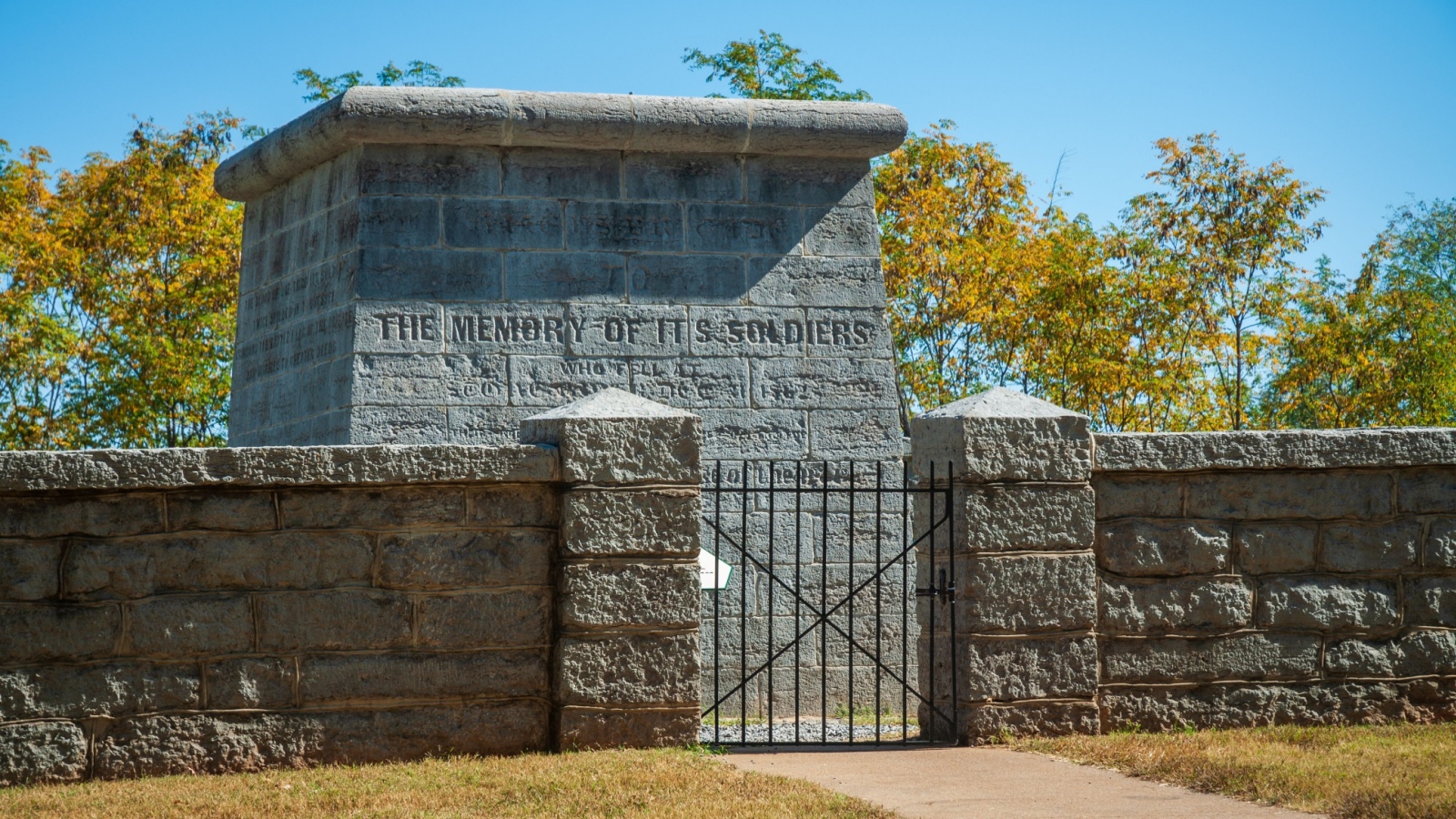
Stone River, Tennessee
The Battle of Stones River was a hard-fought and strategic Union victory that boosted Northern morale. Stones River National Battlefield now features a visitor center with engaging exhibits and a memorial dedicated to soldiers on both sides. The park conducts annual reenactments and guided tours, making it a vital educational destination for Civil War enthusiasts.
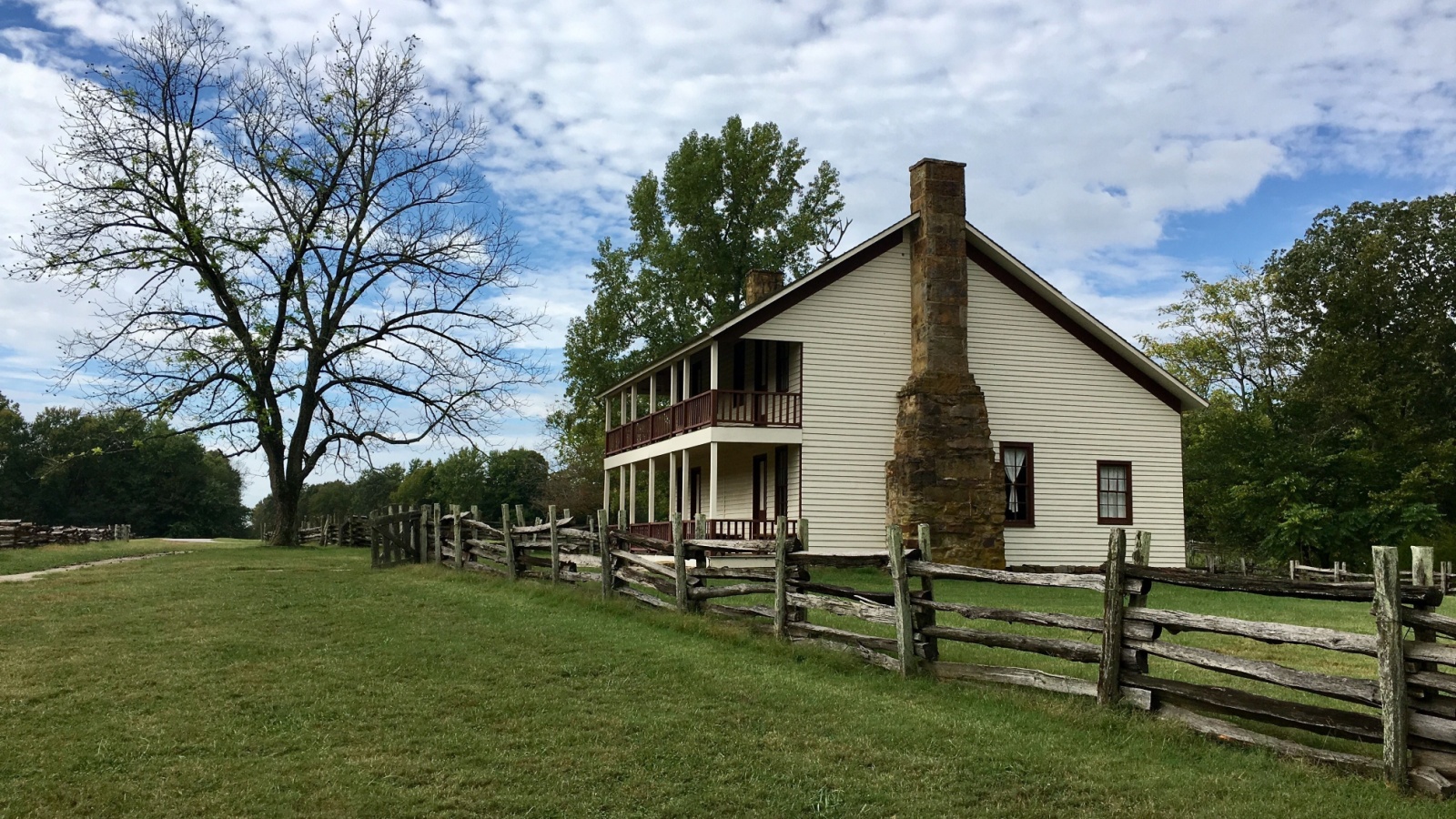
Pea Ridge, Arkansas
Pea Ridge was the site of one of the most pivotal battles west of the Mississippi River, securing Missouri for the Union. The Pea Ridge National Military Park allows visitors to explore the tactics that led to this crucial victory through guided tours and interpretive signs. The battlefield is especially noted for its well-preserved terrain and panoramic views.

Franklin, Tennessee
The Battle of Franklin was among the bloodiest hours of the Civil War, known for its intense hand-to-hand combat. Today, the city of Franklin offers numerous historical sites related to the battle, including the Carter House and Carnton, both of which serve as museums detailing the tragic events. Visitors can also walk the five-mile battlefield loop, which connects key areas of the conflict.

Spotsylvania Court House, Virginia
This 1864 battle is famous for its brutal hand-to-hand fighting and significant casualties. Part of the Fredericksburg and Spotsylvania National Military Park, the Spotsylvania battlefield features trails and tours that recount the fierce engagements that occurred. Visitors can explore the infamous “Bloody Angle,” where some of the war’s most intense fighting took place.
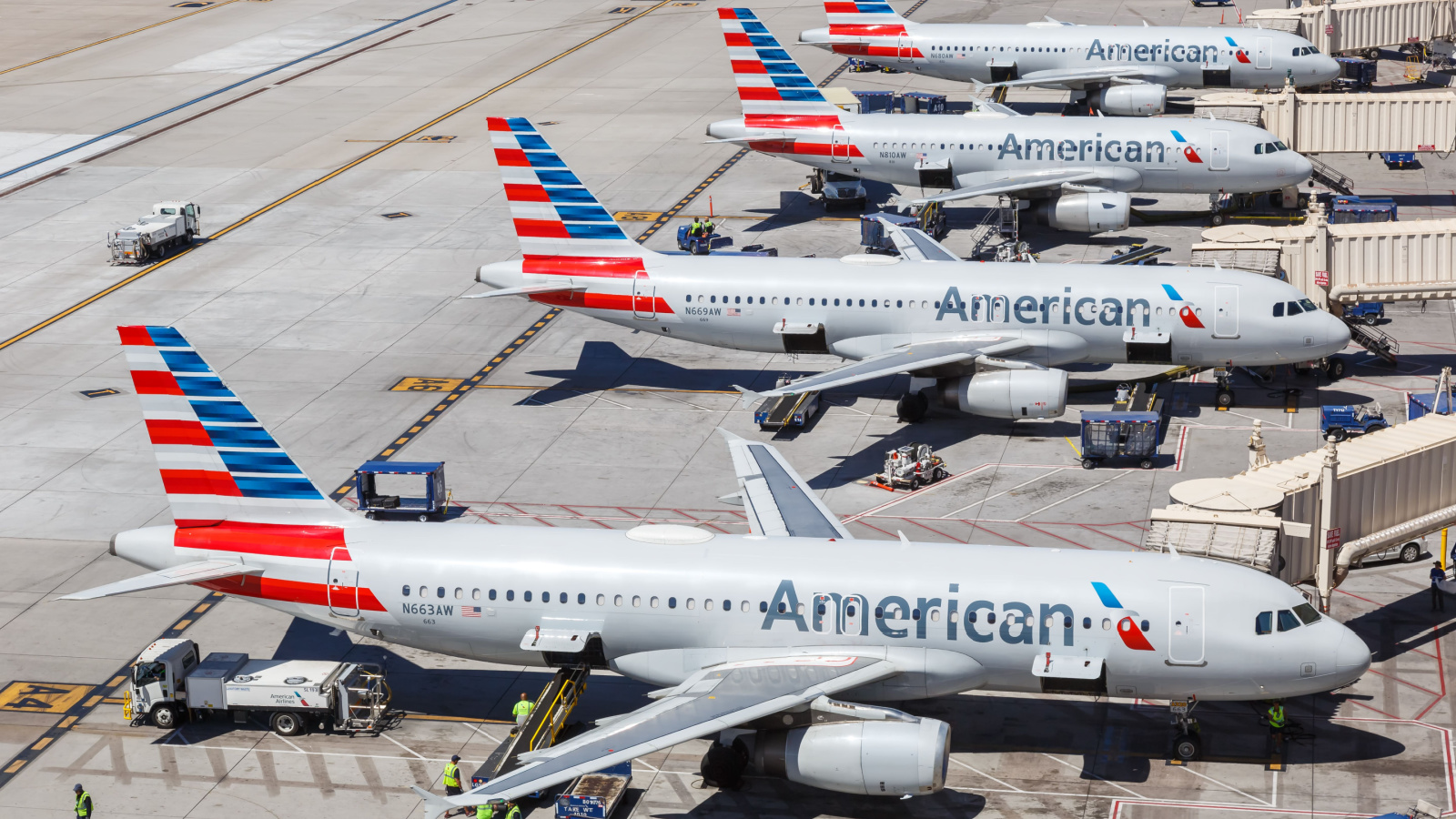

Wilderness, Virginia
The Battle of the Wilderness marked the beginning of the Overland Campaign, known for its chaotic combat due to the dense woods. The site is now maintained as part of the Fredericksburg and Spotsylvania National Military Park, offering tours that highlight the challenges faced by both armies. The battlefield also includes exhibits that explore the environmental impact of the battle and its effect on subsequent strategies.
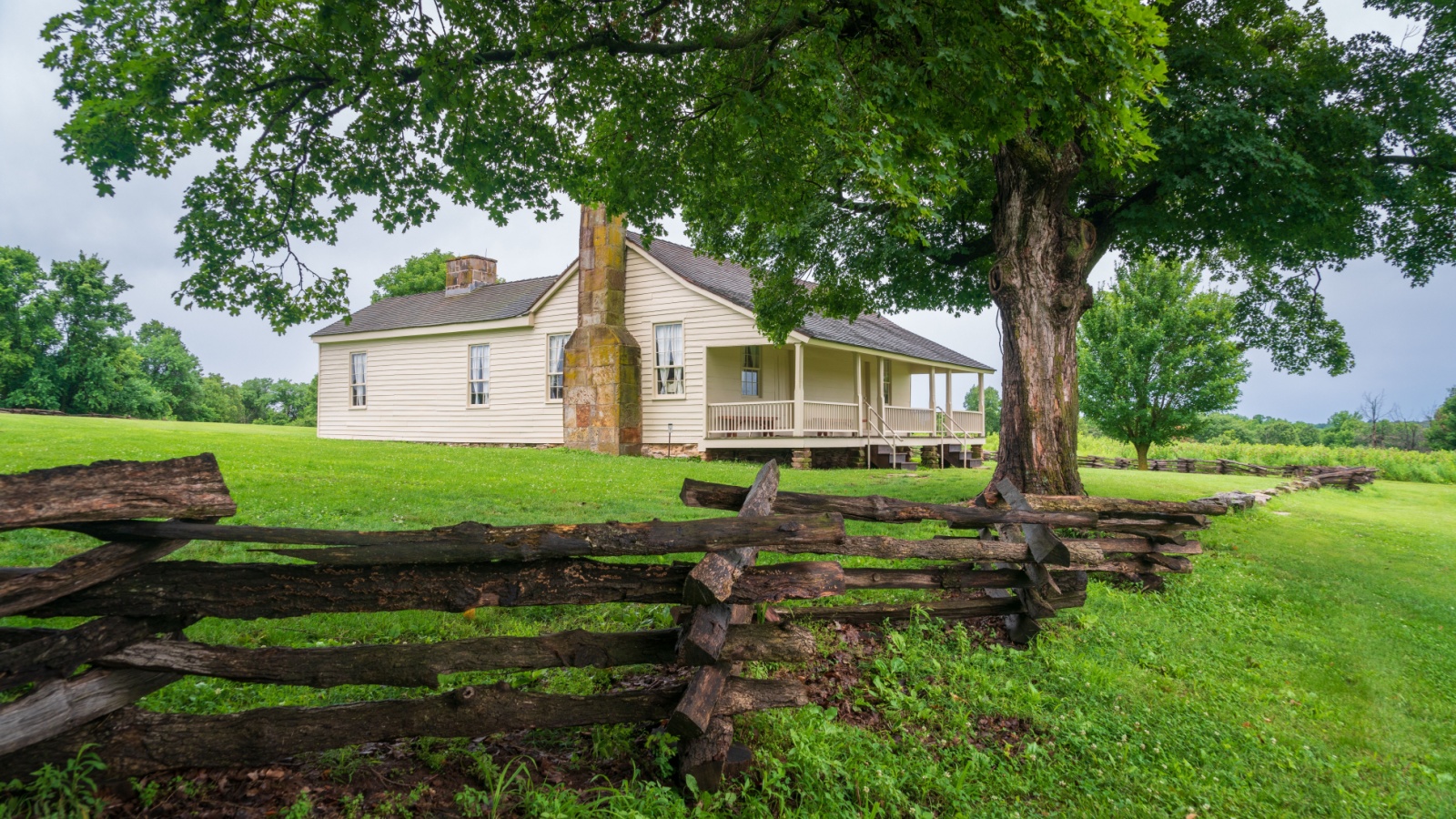
Wilson’s Creek, Missouri
Wilson’s Creek was the site of the first major Civil War battle fought west of the Mississippi River, marking a Confederate victory. Wilson’s Creek National Battlefield preserves this significant site and offers a museum, a driving tour, and walking trails. The battlefield is particularly noted for its reenactments and educational programs, which vividly illustrate the tactics and challenges of the war.

Cedar Creek, Virginia
Cedar Creek witnessed a dramatic turn of events with a surprise Confederate attack followed by a crushing Union counterattack. Today, Cedar Creek and Belle Grove National Historical Park host detailed historical tours and reenactments that recreate the battlefield drama. This site is celebrated not just for its strategic significance but also for its educational programs that bring Civil War history to life.
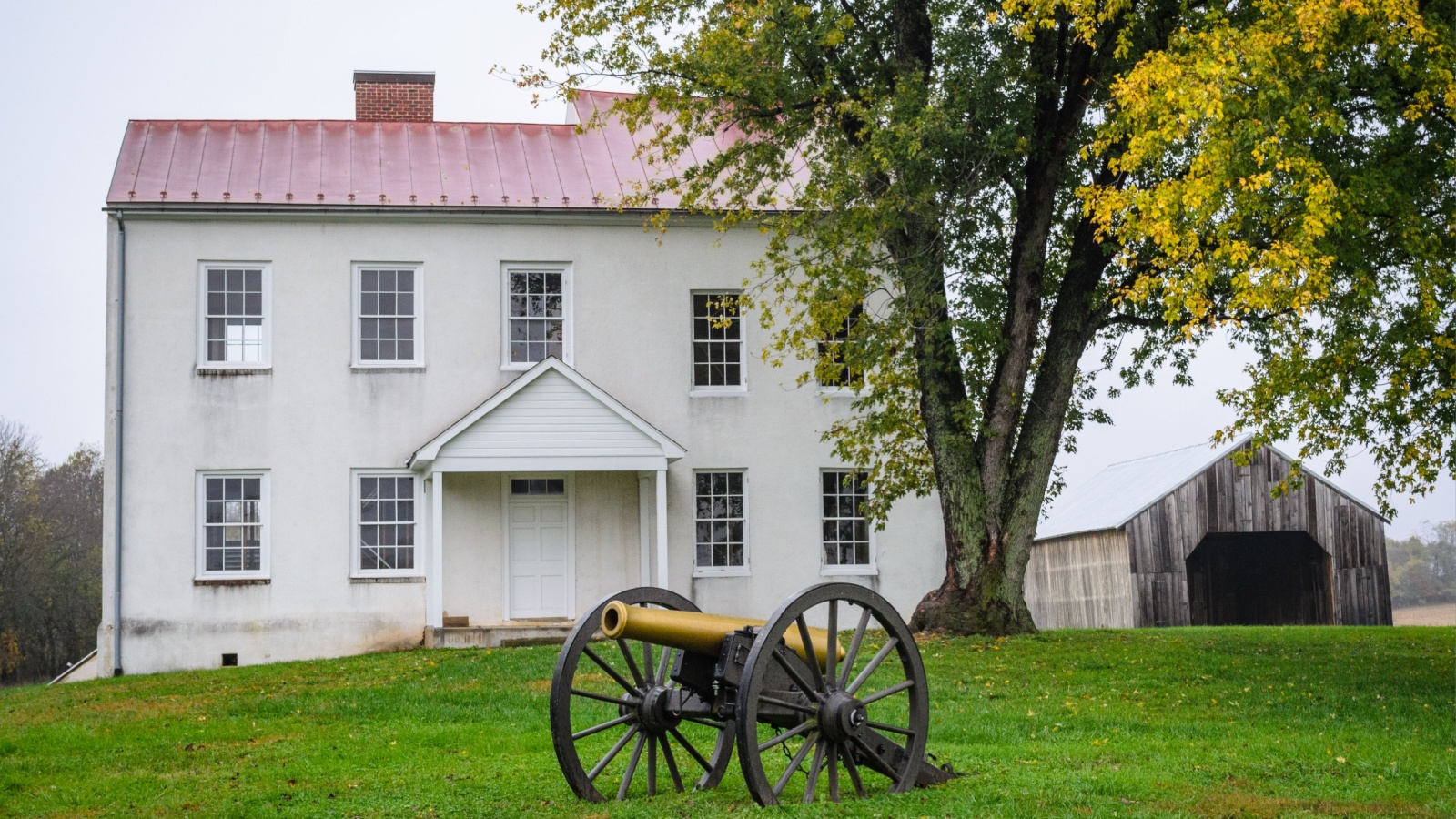
Monocacy, Maryland
Often called “The Battle That Saved Washington,” the Battle of Monocacy delayed Confederate forces long enough to fortify Washington, D.C. The Monocacy National Battlefield offers a visitor center with exhibits and walking trails that guide tourists through key parts of the battlefield. It’s an excellent spot for those interested in understanding strategic defensive battles.
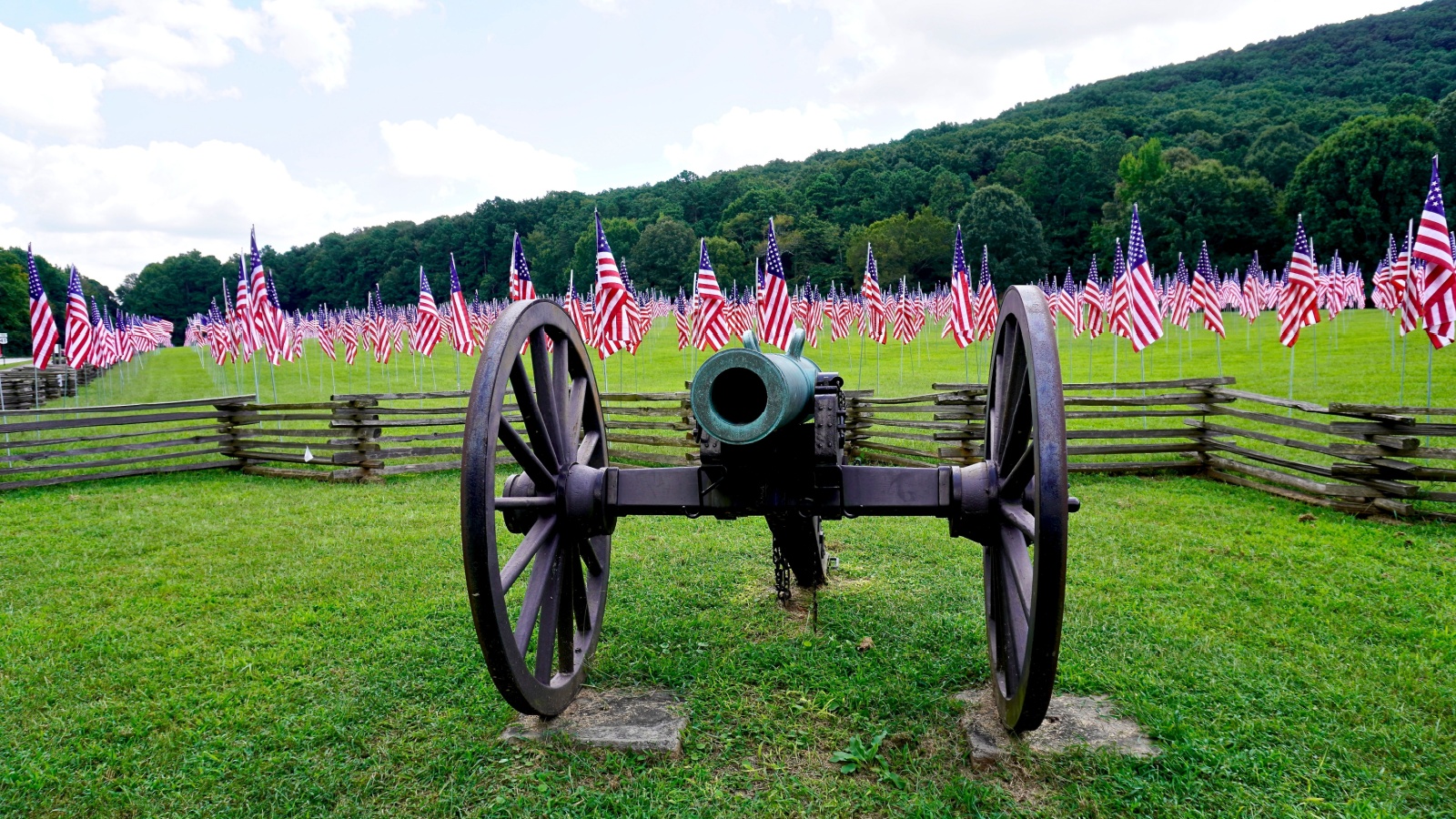
Kennesaw Mountain, Georgia
The Battle of Kennesaw Mountain was a significant part of the Atlanta Campaign, known for its strong defensive positions. Kennesaw Mountain National Battlefield Park now offers hiking trails that follow the original battle lines and a visitor center with detailed exhibits of the campaign. The park’s programs provide great insights into the strategic decisions made during the battle.

Resaca, Georgia
The Battle of Resaca was one of the first battles of the Atlanta Campaign, featuring intense fighting over two days. Today, the Resaca Battlefield Historic Site offers a preserved landscape with interpretive panels and walking trails that tell the story of this critical engagement. Visitors are drawn to the annual reenactment, which vividly brings to life the tactics and turmoil of the battle.

Fort Donelson, Tennessee
The capture of Fort Donelson was a significant early victory for the Union, opening the Cumberland River as an avenue into the South. Fort Donelson National Battlefield features a visitor center with educational exhibits, a walking tour of the fort’s remains, and views of the strategic river. The site is particularly poignant for its role in shaping the early stages of the river campaigns.

Sailor’s Creek, Virginia
Sailor’s Creek saw one of the last major battles of the Civil War, resulting in a decisive Union victory just days before Lee’s surrender at Appomattox. Today, Sailor’s Creek Battlefield Historical State Park offers detailed interpretive trails and live historical demonstrations. This site’s preservation helps visitors understand the final desperate days of the Confederacy and the war’s closing movements.
More for You
Stephen Hawking once gave a simple answer as to whether there was a God
Reclaim your privacy by disabling your cellphone carrier’s data tracking
More unpleasant legal surprises for Trump possible, newly revealed investigations suggest
Sleep experts say brushing your teeth right before bed is a common nighttime routine mistake — here's why
'That's a tall order': This Atlanta college student wants a grandparent to buy her a house. The Ramsey Show brings her crashing back down to reality
"I Texted My Dad To Immediately Pick Me Up": 23 People Are Recalling The Bizarre "House Rules" They Experienced At Someone Else's Home When They Were A Kid
12 Uncomfortable Truths About Christianity That People Aren't Ready to Hear
Appliance repairman demonstrates simple step to cool any room in minutes: 'Allowing you to ease off the AC'
7 Things You Probably Didn’t Know About White Castle Burgers
This U.S. State Is One of the Best Places to Retire for Low Crime, Taxes, and an Affordable Cost of Living
Spy agency issues urgent warning to billions of smartphone users to avoid being spied on
Supreme Court Hits Biden Admin With a Bill
A Tesla Cybertruck owner wanted to sell because he couldn't park it. Tesla threatened a $50,000 fine
A Lawn Leveling Rake Is The Yard Tool You'll Wish You Had Sooner
16 Of The Most Hilarious Misinterpretations I've Seen To Date
5 Car Brands You Probably Didn't Realize Ford Owned
The Houthis are reaping Reapers in the Red Sea
Mechanic shares photo of unexpected object that punctured vehicle's tire: 'This will be increasingly common'
Retired judge David Tatel issues a stark warning about the Supreme Court
The Wendy's Chili Fact You Need To Know Before Ordering

Franklin Tech's Class of 2024 graduates 'with confidence and competence' – Greenfield Recorder
Related stories.

Atlanta Selected as SkillsUSA’s NLSC Home Through 2033!

Larry Rash Memorial Scholarship
Search press room:, media contacts.
For more information about SkillsUSA, contact:
Jane A. DeShong Short
Karen kitzel, helpful links.
- Organizational Calendar
- SkillsUSA Champions Magazine Digital Hub
- Brand Portal
SkillsUSA Advocacy Site
The SkillsUSA Advocacy Site is a free service for SkillsUSA members to reach the news media or contact policymakers with your message.

Mike Rowe for SkillsUSA

Kayleen McCabe PSA

The Governor General of Canada
Her excellency the right honourable mary simon, official visit to new brunswick – 80th anniversary of d-day and the battle of normandy.
June 6, 2024
Check against delivery
Before I begin, let me thank Chief Richardson and others for welcoming us to the traditional territory of the Wolastoqey, Mi’gmaw and Peskotomuhkati peoples.
It’s important to know the full history of Canada, which shows respect to the First Peoples of this land.
There is much to learn from their stories and their lived experiences, and I hope we all take the time to listen.
I am honoured to be here in New Brunswick to mark the 80 th anniversary of D-Day and the Battle of Normandy.
Canadians across the country are marking this important milestone. We all understand how important this moment was in our history.
As commander-in-chief, I thank the veterans with us today, as well as every serving member of the Canadian Armed Forces. I would also like to honour those who are no longer with us—those who stormed the beaches of Normandy and those who sacrificed their lives in the name of freedom.
We remember the young people who fought by land, sea and air 80 years ago.
We remember the soldiers from Canada, the United States, the United Kingdom, and many other nations who stood shoulder to shoulder. They were bound by a common cause, and their determination and resilience changed the course of history.
We remember this day, 80 years ago, on that 80 kilometre stretch of the Normandy coast that so clearly represented our resolve as Allies to fight for freedom.
We remember because so many lives were lost, and so many others came home with injuries both physical and mental.
We remember because this is an important part of our history.
We must learn from the lessons of the past.
We honour every veteran when we strive towards dialogue, understanding and peace. Since the Second World War, we have worked to achieve these goals. We have seen great progress, but we are not there yet.
Another lesson was taught on D-Day: a lesson in diversity.
The soldiers represented different cultures, languages and traditions. This diversity was instrumental in D-Day’s ultimate success.
The Allies needed different perspectives, skills and experiences to succeed. They needed the contributions of people from all walks of life, including Indigenous peoples, racialized communities and immigrants.
During the Battle of Normandy, we saw the strength of our diversity.
Take that lesson and extend it beyond the battlefield. There is a struggle for equality and inclusion still happening in Canada and beyond. Let us create not only a peaceful world, but also one where every voice is accepted and celebrated, and where everyone can thrive.
The responsibility to carry these stories and lessons forward falls to each of us.
It also falls to each of us to pass on the importance of remembrance to the next generation. I know we will take this responsibility seriously.
To our veterans and their families, now and always, we will continue to say: thank you from a grateful country.
We will remember them.
Thank you.
Thousands to visit downtown Battle Creek in search of breakfast during National Cereal Fest
BATTLE CREEK — Thousands of hungry people are sure to hit the downtown streets of Battle Creek this weekend in search of breakfast as the city celebrates its rich history with cereal.
The National Cereal Festival — a family-friendly event celebrating the city's heritage as the birthplace of the cereal industry — features a variety of entertainment including live music, live animal shows, children's activities, arts and crafts and inflatables — not to mention free breakfast. Sponsors include WK Kellogg Co, Kellanova, Post Consumer Brands, Kellogg Community College, Prairie Farms, Duncan Aviation and the Calhoun County Visitors Bureau, among others.
Festivities kick off Friday with the Grand Cereal Parade at 6:30 p.m. The parade starts at the Kool Family Community Center and travels down VanBuren Street to McCamly Street, and then on McCamly to Michigan Avenue back to the Kool Center.
In conjunction with the festival, the Battle Creek YMCA will host the Cereal City Classic 5K/10K , beginning at 7:45 a.m. Saturday.
The festival first took place in 1956 to commemorate the 50th anniversary of the founding of Kellogg Co. The event was held four times between 1958 and 1962 before Battle Creek made it an annual celebration beginning in 1976.
Officials canceled the festival in 2009, but local business owners and volunteers stepped in that year to continue a streak that lasted until 2019. The 2020 and 2021 festivals were postponed due to COVID-19.
For more information or to volunteer, visit kelloggarena.com or call 269-963-4800.
Contact reporter Greyson Steele at [email protected]
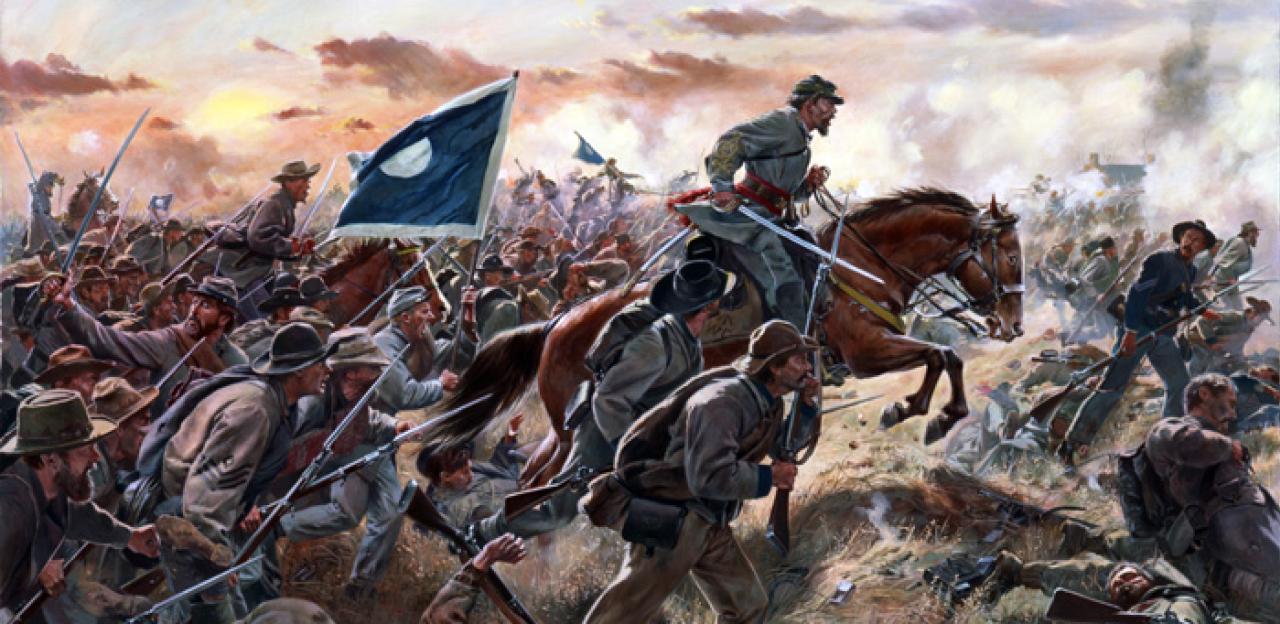
Major General Patrick Ronayne Cleburne was angry on the march from Spring Hill, Tennessee, toward the small town of Franklin in the late morning hours of November 30, 1864. After the campaign he was going to demand a full investigation to defend his conduct on November 29 at Spring Hill where the Federals slipped past the Southern forces. General Cleburne had been given information from a “reliable channel” that he was being blamed by General John Bell Hood for the Confederate failure the day before.
Around 2:30 p.m., nearing Franklin, General Cleburne rode up on Winstead Hill after the Federals had withdrawn from it and Breezy Hill. He rested field glasses on a tree stump and, looking toward the Federal lines, he remarked, “They are formidable.” A courier from Hood informed General Cleburne that his presence was required for a conference at the home of William Harrison, which stood approximately one-half mile south of Winstead Hill. Hood told his commanders his plans for a frontal assault against the Federal works and asked for opinions. Major Generals Nathan B. Forrest, B. Franklin Cheatham, and Cleburne all advised against an attack over open fields against entrenchments and artillery.
As General Cleburne mounted his horse to return to his division, Hood ordered:
General, form your division to the right of the pike, letting your left overlap the same. General Brown will form on the left with his right overlapping your left. I wish you to move on the enemy. Give orders to your men not to fire a gun until you run the Yankee skirmish line from behind the first line of works in your front, then press them and shoot them in their backs as they run to their main line; then charge the enemy works. Franklin is the key to Nashville and Nashville is the key to independence.
Cleburne replied, “General, I will take the works or fall in the attempt.”
Before the fateful Battle of Franklin, General Cleburne held his last meeting with his brigade commanders on Breezy Hill. Brigadier General Daniel C. Govan felt that General Cleburne was “greatly depressed.” General Cleburne emphasized Hood’s orders that the Federal works must be carried by the point of the bayonet at all hazards. Govan saluted and said, “Well, General, few of us will ever return to Arkansas to tell the story of this battle.” Cleburne replied with a sentiment that was prevalent in most of the hearts of the men in the gallant Army of Tennessee: “Well, Govan, if we are to die, let us die like men.”
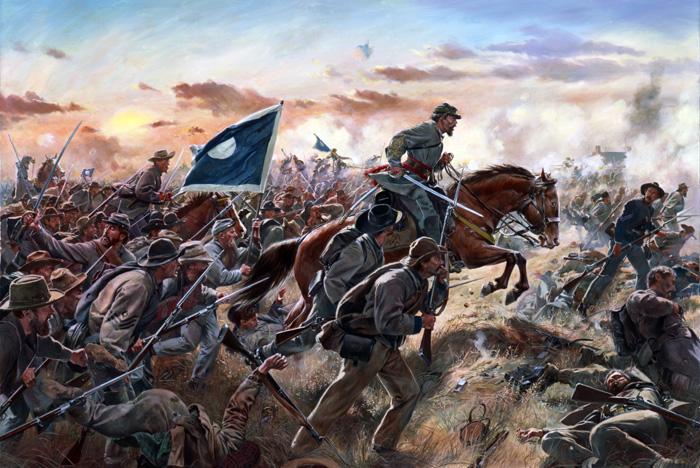
General Cleburne received permission to form his division in columns of brigades to expose as small a front as possible and then to deploy into line of battle when in range of small arms fire without confusion.
Cleburne’s Division was made up of Texans in Brigadier General Hiram B. Granbury’s Brigade whom General Cleburne called “a band of heroes.” Tough Arkansans in Govan’s Brigade and gallant Alabamians and Mississippians in Brigadier General Mark P. Lowrey’s Brigade also were in the ranks. The 5th Confederate Infantry Regiment, nearly all Irish and very close to Cleburne, filled out the division.
The Federal main defense line was crescent-shaped, with the center located around the brick home owned by Fountain Branch Carter. In many areas the works were six- to eight-feet high with wide ditches on both sides. Planks from the Carters’ gin house, barn, other outbuildings, and even eight plows were used in the construction of the breastworks. Part of the entrenchments had been constructed in 1863 and needed only slight improvement. The breastworks began near the Lewisburg Pike and continued onto the Columbia Pike, then westward past Carter’s Creek Pike, ending near the northwest side of town. A thorny osage orange grove grew in the Lewisburg Pike area; the Federal soldiers sharpened branches of the osage orange trees and carried them across the pike to form an almost impassable obstruction. In the center of the line, the Carter house and cotton gin house were situated on a small hill. A retrenched line was placed fifty yards behind the main line. About 250 yards southwest of the Carter house was a locust grove, which served as an obstruction to any attacking force. Fort Granger, located north of the Harpeth River, had artillery batteries placed inside to cover the southeast. Another less formidable Federal line was approximately one-half mile south of the main line.
General Frank Cheatham’s Corps would assault the center of the Federal works, with Major General John C. Brown’s Division on the west side of the Columbia Pike and Cleburne’s Division on the east side. Major General William B. Bate’s Division would attack to the left of Brown’s Division. Lieutenant General Alexander P. Stewart’s Corps would assault on the right with Major Generals William Loring, Edward Walthall, and Samuel French’s Divisions. Lieutenant General Stephen D. Lee’s Corps, coming from Spring Hill, had not yet arrived on the field. It was planned that General Nathan Bedford Forrest would attempt to flank the Federals on the east and west.
Cleburne’s Division would move forward with approximately 3,000 men. Granbury’s and Govan’s Brigades were in front with Lowrey’s Brigade in reserve. Colonel A.J. Smith’s Georgia Brigade was not on the field.
General Cheatham later stated of final tense moments:
Before moving our troops from Winstead Hill I had arranged with both Cleburne and Brown, the two divisions under my eye to give them the word with a flag when to move. When their lines swung into position they corrected their alignment and then faced toward me, waiting for the signal to advance. A moment of suspense to see that everything was ready, then the flag dropped, and the line moved forward as steady as a clock.
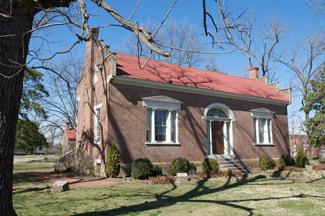
It was a beautiful Indian summer afternoon with a temperature around 45 degrees. The air was perfectly still, and the skyline was a crimson red. At 4 p.m., as the sun was setting in the southwest, the crescent moon rose in the southeast, and 20,000 Confederates, eighteen brigades, and over 100 infantry regiments marched down the slopes and into immortality. Bands started to play. The blue flag with the white moon of Cleburne’s Division was conspicuous among the red St. Andrew’s cross battle flags.
Lieutenant W.D. Mintz, 5th Arkansas Infantry, remembered the fateful charge:
We had gone but little ways when the artillery opened fire on us, which had but little effect on the line save when a bursting shell would tear its way through the ranks, the men would soon close in and make the line solid again...
The Federal brigades of Colonel Joseph Conrad and Colonel John Lane in Brigadier General George D. Wagner’s Division held the advanced line. Wagner’s orders were to fall back if there was a frontal assault. Wagner disobeyed orders, telling a staff officer, “Stand there and fight them.” Granbury’s hard-hitting Texans were the first to break the center of this advanced Federal line. A memory of this horrific event was later recorded by Private William Eldridge Mathews Preston of the 33rd Alabama:
The ground was open, shells exploding within about one thousand yards of their works and after they had opened on us with small arms the command “double-quick” was given. Then we went on a run and a continuous yell to their works... I was wounded in getting through the abatis, by the time we got to their works out ranks were so thinned that our men could not get over. Many were shot in the attempt...
General Hiram B. Granbury was on foot, encouraging his Texans with his last immortal words: “Forward, men; never let it be said that Texans lag in the fight.” A minié ball then hit him in his cheek and passed through the back of his head. Granbury was found on his knees with his hands on his face the next morning, dead.
Cleburne was riding a brown mare that belonged to Lieutenant Tip Stanton, a member of his escort. The horse was killed about eighty yards from the works. James Brandon, a courier from Mississippi, dismounted to give the general his horse. The animal was killed before General Cleburne could place himself in the saddle. Cleburne moved forward into the smoke, sword in hand, waving his kepi and encouraging his men. Around fifty yards from the Federal works in front of the cotton gin house, a minié ball struck him just below the heart and passed through his body. Captain C.W. Frazer of the 5th Confederate would later write:
He [General Cleburne] sought out our regiment, charged in with it, and died with it. He could have selected no better place.
John McQuaide would later give to the Vicksburg Herald his account of finding General Cleburne’s body:
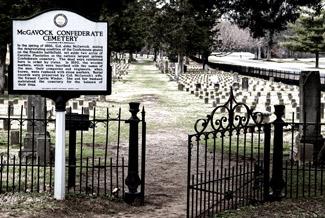
"The terrible report that Cleburne was missing ran throughout our ranks that whole dreadful night... I and two others were the first to discover his dead body at early dawn, the next morning. He was about 40 or 50 yards from the works. He lay flat upon his back, as if to sleep, with his military cap partly over his eyes. He had on a new gray uniform, the coat of the sack or blouse pattern. It was unbuttoned and open; the lower part of his vest was unbuttoned. He wore a white linen shirt which was stained with blood on the front part of the left side, or just off the abdomen... He was in his sock feet, his boots having been stolen. His watch, dress sword, belt and other valuables were all gone; his body having been robbed during the night..."
McQuaide found an ambulance in the charge of Rev. Thomas Markham, Chaplain of Brigadier General Winfield Scott Featherston’s Mississippi Brigade. The men with the reverend were lifting the body of Brigadier General John Adams into a wagon. McQuaide guided the men to General Cleburne’s body and assisted in placing him in the same wagon.
During the aftermath, every building in Franklin was used as a hospital. The bodies of General Cleburne and General John Adams were brought to Carnton, the home of John McGavock, which stood approximately one-and-a-quarter miles to the east. General Cleburne was placed on the porch next to Generals Adams and Granbury, Brigadier General Otho French Strahl, Lieutenant Colonel R.B. Young, and Lieutenant John Marsh.
In 1883, General Frank Cheatham returned to Franklin for the first time since the battle and stated of General Cleburne: “Here one of the best soldiers that ever drew sword gave up his life.”
Thomas Y. Cartwright is the Director of the historic Carter House in Franklin, Tennessee.
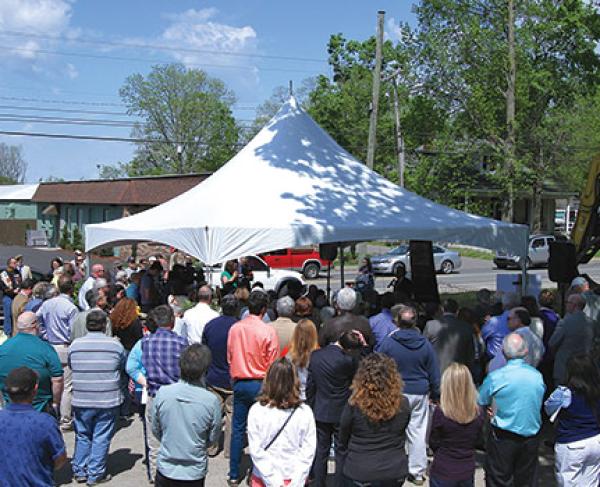
Franklin Cheers
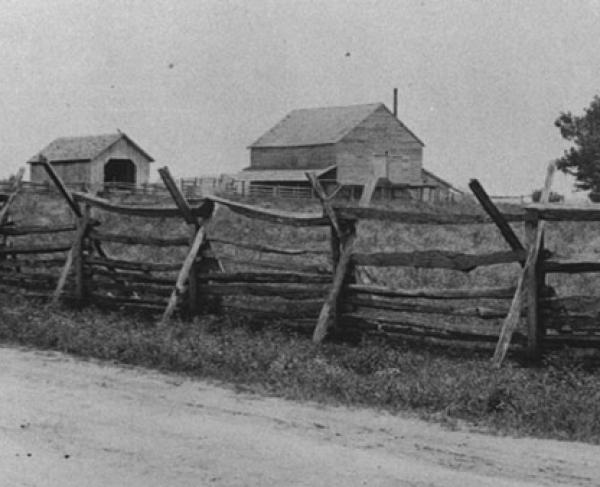
“Terror Stirred My Soul"
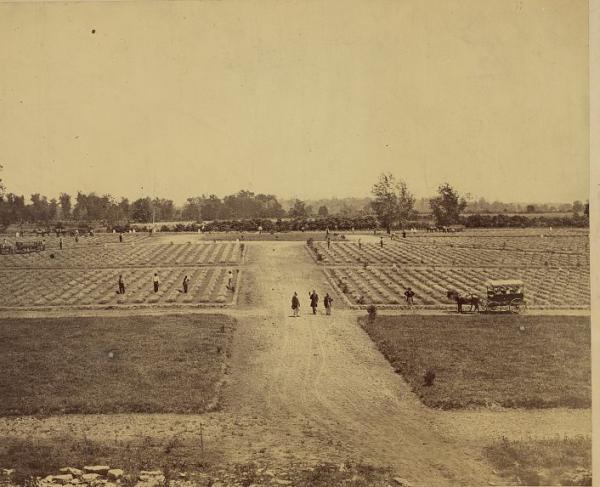
Sowing the Seeds from the Angel of Death's Last Harvest
Please donate today to help secure the final tract of battlefield land at Franklin, Tennessee. Any amount you can donate to this effort will be...
Related Battles
You may also like.
Montana's marquee Senate race is set, as Jon Tester and Tim Sheehy win primaries

One of the year’s top Senate races is set in Montana after Democratic Sen. Jon Tester and Republican entrepreneur Tim Sheehy won their primaries Tuesday, NBC News projects.
The race is among a small handful that could be a tipping point for partisan control of the chamber.
Montana — along with Ohio , where Sen. Sherrod Brown is pushing against similar headwinds in his own bid for a fourth term — is one of the GOP’s top opportunities to unseat a vulnerable Democrat. Former President Donald Trump twice won both states by wide margins.
Sheehy, a former Navy SEAL backed by Trump and aggressive investments from national Republicans, will test Tester’s long-established crossover appeal in Big Sky Country.
“I’m not going to downplay it — it’s certainly going to be a difficult race,” said Alex Bruesewitz, a GOP consultant aligned with Trump and Sheehy. “It’s not a cakewalk by any means.”
A Tester loss could cost Democrats their one-seat majority in the Senate, with Republicans likely to gain a seat in deep-red West Virginia, where Democratic-turned-independent Sen. Joe Manchin is not seeking re-election. Already, Montana voters are being deluged with political ads.
Through Tuesday’s primary, Democrats and Republicans had already spent more than $36 million combined on advertising, according to AdImpact, an ad-tracking firm. Another $124 million is budgeted through the general election: $63 million for the GOP and $61 million for Democrats.
“Tim Sheehy is a strong conservative, an American hero and a successful businessman who will bring an outsider’s perspective to a broken Washington,” the chairman of the National Republican Senatorial Committee, Sen. Steve Daines of Montana, said in a statement. “The clearest path to a Republican Senate majority runs through Montana. Tim Sheehy will deliver a Senate majority for President Trump, Jon Tester wants to deliver a Senate majority for Joe Biden. That is the choice in this election. President Trump is counting on Montana to elect Tim Sheehy.”
Tester and Sheehy have been circling each other for months, as neither candidate had to break much of a sweat to win his primary. Trump’s endorsement — and early support from the NRSC — chased Rep. Matt Rosendale, the GOP’s nominee against Tester in 2018, from the primary less than a week after he launched his campaign .
Each candidate is attempting to frame the other as a phony.
Sheehy and the GOP present Tester, 67, as a creature of Washington who pledged to change the culture but became one of the Senate’s top recipients of campaign cash from lobbyists .
“The guy is the epitome of the swamp,” Bruesewitz said of Tester. “He’s no longer the man he was when he originally went to Washington.”
Tester and the Democrats play up the incumbent’s Montana dirt farm roots while emphasizing that Sheehy, 38, is a relative newcomer who grew up in Minnesota.
“It’s going to be a competitive race, I don’t think anybody disagrees with that,” said Justin Barasky, a Democratic strategist who works on Senate races but is not involved in the Montana contest. “But the contrast couldn’t be more clear.”
Democrats are expected to focus heavily on how Sheehy has admitted to lying about the circumstances of a gunshot wound. In one telling, Sheehy has said he was wounded in combat while serving in Afghanistan. In another version, first reported by The Washington Post , he told a park ranger that he accidentally shot himself while visiting a national park in Montana. Sheehy told the Post that the park account was a lie, meant to ward off an investigation into a combat injury he said he never reported to his superiors when it happened in 2012.
“Who lies about how he was shot?” Barasky asked, referring to Sheehy. “He’s kind of his own worst enemy. And ultimately, it’ll be one side of the coin to how Sen. Tester emerges victorious. The other side obviously being, you know, that Jon embodies his state like nobody else.”
Tester allies also have pushed stories about Sheehy’s aerial firefighting company and a cattle ranch that he and his business partners operate in prime elk country. The ranch does not allow public hunting on its grounds — a polarizing issue in a state that traces its origins to federal homesteading programs and where some advocates believe all land belongs to the public.
After Sheehy's primary victory was called Tuesday, the Democratic Senatorial Campaign Committee released a minute-long digital ad , titled “Shady Sheehy,” that references the gunshot wound and other stories that have scrutinized the candidate's past.
“Sheehy represents everything Montanans hate about rich out-of-staters, and after he’s been caught lying about every part of his life, he’s shown Montana voters why they can’t trust him to look out for anyone but himself in the Senate,” DSCC spokesperson Amanda Sherman Baity said in a statement.
Trump’s conviction last week on 34 felony counts in a New York trial over a hush money payment to an adult film actor could emerge as a new tension point as the race officially shifts to the general election.
Tester barely reacted to the jury’s verdict, with a spokesperson telling local media that voters would decide Trump’s fate in November. Sheehy’s campaign, meanwhile, cut a TV ad accusing Tester of participating in a political persecution of a former president who won Montana by more than 15 percentage points in 2020. The 30-second spot also features a clip from a Tester appearance on MSNBC’s “Morning Joe” in 2019 , when the senator, speaking figuratively, spoke of the need to stand up to Trump and “punch him in the face” when he says offensive things.
“They want to throw Trump in jail, trying to rob Americans of their choice in the election” a narrator says in the ad. “And Jon Tester is standing right by their side.”
Henry J. Gomez is a senior national political reporter for NBC News.
How to Explore Franklin’s History in 3 Hours or 3 Days
Franklin is perhaps best known for its history. For more than 200 years, the town has preserved its historic homes and structures and uncovered the stories of its many fascinating citizens; today, visitors have many opportunities to learn about its past. Whether you have three hours to spend discovering Franklin’s history or three days, you’ve got plenty of options!
LEARN ABOUT FRANKLIN’S HISTORY IN THREE HOURS
Explore Carnton
Built in 1826, Carnton was once one of Tennessee’s finest farms. But on November 30, 1864, its grounds became the site of the bloody Battle of Franklin, and the McGavock family’s fine home was transformed into an impromptu hospital, as hundreds of wounded soldiers were brought to the home for treatment during the battle and afterward. The next morning, the bodies of the four Confederate generals killed in the battle were laid out on the porch.
Today, you can take a guided tour of the home, which takes about an hour, and then explore the grounds on your own. 90-minute specialty tours are also available on topics ranging from the enslaved people of Carnton to a behind-the-scenes tour, including parts of the home not open to the public. Be sure and get those tickets ahead of time on the Carnton website.
Take a guided walking tour of downtown Franklin.
It’s hard to beat a guided tour for an overview of a city’s history, and Franklin has two fantastic walking tour companies with entertaining and knowledgeable guides. Franklin on Foot and Franklin Walking Tours offers tours for all ages and interests, including Civil War tours, ghost tours, tours focusing on women in history, food tours, and more. Tours range from one to two hours, making them perfect for visitors with only a little time to spare.
Explore downtown on your own with a self-guided walking tour
If you’re short on time, one of the fastest ways to learn about Franklin’s history is by downloading a digital passport from the Visit Franklin website to your phone. Tours include Historic Homes of Hincheyville, Haunts and Headstones, Great American Main Street, and more, offering lots of historical details to make your stroll through downtown Franklin far more interesting and informative. Once you’ve completed the tour, head to the Visitor Center in downtown Franklin and you’ll receive a special prize!
You’ll also find a free, photo-rich, self-guided tour pamphlet at the Visitor Center , which I highly recommend if you prefer a non-digital guided tour. It’s filled with fascinating stories of Franklin’s history.
The Heritage Foundation also offers a free self-guided tour on its website, which includes many interesting and often little-known historical details about Franklin’s historic buildings and homes.
LEARN ABOUT FRANKLIN’S HISTORY IN THREE DAYS
Want to expand your trip to include more stories of Franklin’s rich history? Fantastic! We have so much more to explore!
Historic Homes
Carnton isn’t the only historic house tour Franklin has to offer. The Lotz House is within walking distance of downtown. It offers guided tours that tell the fascinating story of the Lotz family’s terrifying experience on the day of the bloody Battle of Franklin. This tour is the top-rated thing to do in Franklin on Trip Advisor.
Number two on the Trip Advisor list is the Carter House , right across the street from the Lotz House. Here, you can take another guided tour and learn how the Carter family survived the Battle of Franklin – although one family member, sadly, did not.
A short drive from Franklin in Spring Hill, you’ll find Rippa Villa , where the Battle of Spring Hill occurred on November 29, 1864, the day before the Battle of Franklin. On this guided tour, you’ll learn about the wealthy, influential family who lived here, Franklin’s part in the Civil War, and how the war’s aftermath affected the region.
The McLemore House Museum is open from 10 a.m. to 2 p.m. on Saturdays. Located in the Hard Bargain neighborhood near downtown Franklin, this home was built by former enslaved person Harvey McLemore in the 1880s. The McLemore family lived in the home for the next 117 years before selling it to the Heritage Foundation of Williamson County, which sold it to the newly formed African American Heritage Foundation of Williamson County in 2002 for 1 dollar.
At the McLemore House Museum, you’ll learn about how Franklin’s formerly enslaved people made new lives for themselves after the Civil War ended and worked hard to create a vibrant, flourishing community.
Tours of The Old, Old Jail at 112 Bridge Street in downtown Franklin are available weekdays from 2 p.m.-4 p.m. From 1941 to 1970, this jail housed several notorious prisoners, including Betty Burge, the first woman in Tennessee sentenced to the electric chair, and car thief Clayton ‘Rabbit’ Veach, whose graffiti remains on the walls today.
Parks and Battlefields
Franklin has several parks commemorating the Battle of Franklin and offering unique glimpses into the history of that fateful day.
The Eastern Flank Battlefield Park is a 110-acre park where the Eastern Flank of Confederate troops was located during the Battle of Franklin. A guided walking tour is offered of this battlefield Tuesdays through Saturdays at 2 p.m. You can buy tickets in advance at the Battle of Franklin Trust website.
You’ll find Fort Granger behind Pinkerton Park . Here, a walking trail leads to an overlook of the town. Around the perimeter of this park, you’ll see trenches dug by Civil War troops.
Today, The Park at Harlinsdale Farm is a popular spot for walks or a picnic, but it once was the most significant farm for Tennessee Walking Horses, including its prize stallion, Midnight Sun. This 200-acre park includes walking trails, a dog park, a catch-and-release fishing pond, and an equestrian trail.
Carter Hill Park is a one-acre historical park containing a monument to the Assault on the Cotton Gin during the battle.
Collins Farm is a three-acre historic park near Carnton where you can walk to the home of the manager of Carnton during the Civil War, William C. Collins. After the Battle of Franklin, the house served as a field hospital, and soldiers were temporarily buried in the garden before being re-interned in McGavock Cemetery. In 1911, the property was bought by Thomas F.P. Henderson, who, at the end of World War I, was part of a plot to kidnap the German Kaiser Wilhelm.
A ¾-mile public trail will take you to the top of Winstead Hill , where Confederate General John Bell Hood surveyed the 20,000 Union troops heading toward Nashville and determined to fight them, thus beginning the Battle of Franklin. The overlook includes a large military map and memorials to the Confederate generals who died in the battle.
A few minutes outside of Franklin, you’ll find the lovely Preservation Park , home to the Battle of Thompson’s Station on March 5, 1863, and a great place today for a walk in Williamson County’s pastoral countryside. A plaque tells the story of the 5-hour battle, which ended in defeat for the Union army.
At Ravenswood Park in Brentwood, you’ll find gorgeous wooded hiking trails and have the opportunity to explore the grounds of Ravenswood Mansion , a beautiful Antebellum home built in 1825. The home and cabins for enslaved people on the property have been preserved and restored, and the mansion is now available for private events.
Take a deeper dive on your own using Visit Franklin as your guide.
As soon as you arrive in Franklin, it becomes obvious that nearly every building in the historic district has a fascinating story, and Visit Franklin has a wealth of blog posts that will help you uncover these stories at your leisure. Use these detailed blog posts to explore and learn about some of Franklin’s lesser-known historic sites on your own.
9 Historic African American Sites to Visit in Franklin, Tennessee , includes historic sites that help tell about Franklin’s history from the African American perspective, offering what city leaders call The Fuller Story of Franklin’s history. Some sites celebrate African American achievements through the decades; others are stark reminders of the town’s struggles with integration and the civil rights movement.
The Unique Architecture of Historic Franklin You Must See tells downtown Franklin’s story from an architectural perspective. It is filled with information on homes and buildings you might not find anywhere else.
The American History You Didn’t Know was in the Heart of Frankli n will give you an in-depth look at one of Franklin’s most fascinating historic buildings, the Historic Franklin Masonic Hall, which was constructed in 1826. You won’t believe the stories contained in these nearly 200-year-old walls!

Lindsay Ferrier
Site Designed and Developed by 5by5 - A Change Agency

IMAGES
VIDEO
COMMENTS
Visit Us. Carter House 1140 Columbia Avenue Franklin, TN 37064 (615) 791-1861. Carnton 1345 Eastern Flank Circle Franklin, TN 37064 (615) 794-0903. Rippa Villa 5700 Main Street Spring Hill, TN 37174 (931) 486-9037. [email protected]
More than 150 years later the stories of both despair and heroism have been carefully preserved and shared daily with visitors from all over the world. The three Civil War sites - Carnton, Carter House and Lotz House - each has a unique story to tell regarding the Battle of Franklin. Learn More. Address. 1345 Eastern Flank Cir. Franklin, TN ...
Location: Franklin. Franklin is perhaps best known for the bloody Battle of Franklin, which took place on November 30, 1864, left more than 9,500 soldiers dead, wounded, captured, or missing in action, and was the last great battle of the American Civil War. The Battle of Franklin Trust has restored and opened to the public three historic homes ...
Visit Us. Carter House 1140 Columbia Avenue Franklin, TN 37064 (615) 791-1861. Carnton 1345 Eastern Flank Circle Franklin, TN 37064 (615) 794-0903. Rippa Villa 5700 Main Street Spring Hill, TN 37174 (931) 486-9037. [email protected]
Franklin Battlefield. See It Now! Set amidst the southern outskirts of Franklin, Tennessee, recently reclaimed portions of this historic landscape and interpretive centers at the Carter House, Carnton Plantation and Cotton Gin Park provide visitors a unique window into this bloody 1864 battle. A museum is located one block west of the Carter House.
VISIT Carter House, Carnton, and Rippa Villa are open daily for guided tours. Find everything you need to plan your visit. LEARN The Battle of Franklin Trust is dedicated to a better understanding of a people forever impacted by the American Civil War. JOIN & SUPPORT The Battle of Franklin Trust is a 501(c)3: ...
The Battle of Franklin page includes battle maps, history articles, battlefield photos, videos, and more on this 1864 Civil War battle in Tennessee. Check out our animated map on the Battle of Franklin. ... Visit Franklin. Set amidst the southern outskirts of Franklin, Tennessee, recently reclaimed portions of this historic landscape and ...
Franklin Battlefield was the site of the Second Battle of Franklin, which occurred on November 30, 1864, in the Civil War. It is located in the southern part of Franklin, Tennessee, on U.S. 31 and was declared a National Historic Landmark in 1960. Visitors to the site can tour The Carter House and outbuildings, which was located at the center ...
An interpretive center with artifacts and a film about the Battle of Franklin is located behind this 1830 house. The Lotz House 1111 Columbia Avenue Franklin, TN 37064 (615) 790-7190 Just 110 steps from Carter House is the Lotz House, built in 1858 by German immigrant Johann Albert Lotz, a master carpenter and a piano maker.
This Battle of Franklin walking tour will take guests to at least seven different locations on the battlefield. Tour guides will focus on many elements of the Battle, explaining why it occurred, the arrival of Federal and Confederate armies, and the details of what became known as one of the greatest single assaults of the entire Civil War.
The Battle of Franklin was fought on November 30, 1864, in Franklin, Tennessee, as part of the Franklin-Nashville Campaign of the American Civil War.It was one of the worst disasters of the war for the Confederate States Army.Confederate Lieutenant General (LTG) John Bell Hood's Army of Tennessee conducted numerous frontal assaults against fortified positions occupied by the Union forces ...
Today we join Eric Jacobson as he gives a tour of the reclaimed battlefield in Franklin, Tennessee. Thank you for all of the support! We hope you enjoy it, a...
Today, the city of Franklin offers numerous historical sites related to the battle, including the Carter House and Carnton, both of which serve as museums detailing the tragic events.
Explore Franklin in our 360° Virtual Tour! The Franklin Battlefield is a preservation and restoration success story and a must-see for any Civil War enthusiast. Use the arrows at the bottom of the tour to navigate between scenes and click the tour points to learn more about the battlefield. View this tour in full screen or VR with a headset ...
Franklin Tech's Class of 2024 graduates 'with confidence and competence' - Greenfield Recorder. Published: June 06, 2024. Related Stories. June 03, 2024. Atlanta Selected as SkillsUSA's NLSC Home Through 2033!
On November 30, also from 5 - 7 pm, you can visit Carter House and Carnton and experience the story of the Battle of Franklin, its cost, and its long-term impact. Both events are free and open to the public. Friday, November 29, 2024 at Rippa Villa from 5-7 pm. Rippa Villa. Saturday, November 30, 2024 at Carter House and Carnton from 5-7 pm.
I am honoured to be here in New Brunswick to mark the 80th anniversary of D-Day and the Battle of Normandy. Canadians across the country are marking this important milestone. We all understand how important this moment was in our history. ... Official visit to New Brunswick - 80th anniversary of D-Day and the Battle of Normandy
This is the News Room for Tuesday, June 4, 2024. We're broadcasting to you on E1, SKARTV, NTN and Tarzee TV in Bartica. In the headlines… *** Two...
Cracker Barrel CEO Julie Felss Masino recently gave a devastatingly frank assessment of the brand: "We're just not as relevant as we once were."
The festival first took place in 1956 to commemorate the 50th anniversary of the founding of Kellogg Co. The event was held four times between 1958 and 1962 before Battle Creek made it an annual ...
Franklin is the key to Nashville and Nashville is the key to independence. Cleburne replied, "General, I will take the works or fall in the attempt.". Before the fateful Battle of Franklin, General Cleburne held his last meeting with his brigade commanders on Breezy Hill. Brigadier General Daniel C. Govan felt that General Cleburne was ...
The Battle of Spring Hill was the prelude to the Battle of Franklin. Explore more information about the battle on local signage as you take a short hike to the top of the hill and view the breathtaking scenic views below. Learn More. Address. Kedron Road & Reserve Boulevard. Spring Hill, TN 37174.
California firefighters aided by aircraft battled a wind-driven wildfire that continued not only burning but spreading early Sunday in an area straddling the San Francisco Bay Area and central ...
A top European Union court said Wednesday that McDonald's has lost its Big Mac trademark in the 27-nation bloc, ruling in favor of Irish fast food rival Supermac's in a longrunning legal battle.
Prince William has offered a surprisingly open update on how his wife, Princess Catherine, is doing. While meeting with veterans on the 80th anniversary of the D-Day landings, one of the veterans ...
NBC News projects Tester and Sheehy will advance to the general election, teeing up a critical contest in the battle for Senate control. IE 11 is not supported. For an optimal experience visit our ...
At the McLemore House Museum, you'll learn about how Franklin's formerly enslaved people made new lives for themselves after the Civil War ended and worked hard to create a vibrant, flourishing community. Tours of The Old, Old Jail at 112 Bridge Street in downtown Franklin are available weekdays from 2 p.m.-4 p.m.
Visit Us. Carter House 1140 Columbia Avenue Franklin, TN 37064 (615) 791-1861. Carnton 1345 Eastern Flank Circle Franklin, TN 37064 (615) 794-0903. Rippa Villa 5700 Main Street Spring Hill, TN 37174 (931) 486-9037. [email protected]